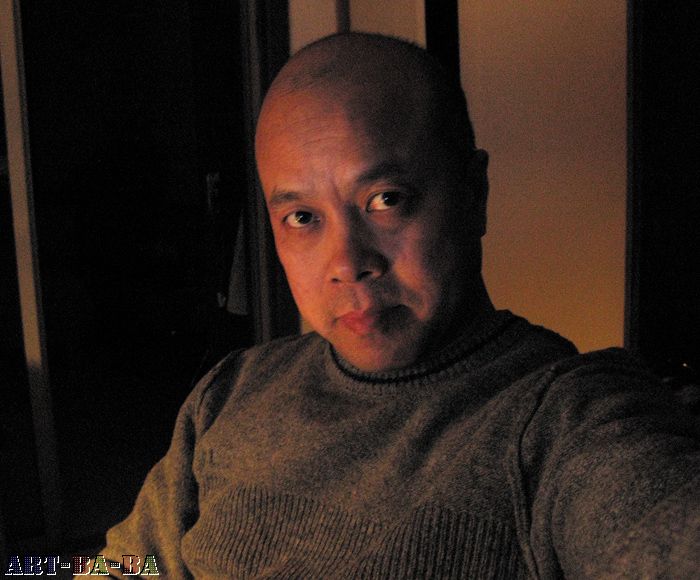对现实的反应
——郭利洛、罗俊章和青洁联展
策展人评论文章
对现实的反应
——郭利洛、罗俊章和青洁联展
我的三位老朋友郭利洛、罗俊章和青洁决定联合展出作品。我想就他们的这个决定和他们的作品谈谈我的想法。
我认为他们的一些共同点可能源于洛阳这座他们居住的城市;此外,他们的年纪也差不多一样。
我有不少最好的朋友都住在洛阳。我一直在想:为什么每次我到洛阳都感到那么自在?当然,他们带给我的温暖肯定是一个原因。
过去几年里,这三个朋友同属于庄辉在洛阳成立的中•空间艺术中心的艺术家成员。很不幸,可能是时机尚未成熟吧,中空间已经不在了。
在洛阳,时间仿佛过的比不少东部大城市要慢。这里的艺术家要忙于日常工作和家庭琐事,所以作品创作的步伐相对较慢。我每次来洛阳都会关注朋友们的创作进程。有时候,事情的进展会比较快;有时候,事情则会停滞很长时间。其实,生活也是这样。
我在洛阳不会看见那种创作的紧迫感,做成事情的冲劲,或是成名的仓促。我的朋友在给我看他们作品的时候甚至有些许不情愿。他们喜欢促膝长谈或是结伴漫步。他们把我当成朋友和客人,而不是艺术评论家或是策展人。
写了这么多以后,我的思绪更加清晰了:难怪我那么喜欢呆在洛阳。
我觉得很多中国人表现自己的方式相当内敛和谦逊,并且喜欢间接、谨慎和客气的方式。河南,或者说“中央”地区,是中华文明的摇篮。可能是因为这个原因,这些特征在这里相对来说更加明显。
但是,由于历史的原因,这种“中央”地位移到了别处。河南人现在常常怀有一种缺陷和落后的感觉。这种感觉让他们感到不安全,甚至让他们过于羞涩或者“低调”。有时候,好像只有离开他们的出生地,在其它找到生路才能让他们从这种压力中解脱出来,实现自己的价值。我能想到不少知名河南籍艺术家,如庄辉、段建宇和孟煌等,都是这样的例子。我虽然不想这么说,但是认为文化只能也应该在异地实现的想法与我的信念背道而驰。为什么一个人的家乡不能支持文化的实现呢?我一直在尝试说服散居在这块辽阔大地上的中国朋友回家乡去,这一点非常重要。他们应该在家乡建立许多小型的文化圈子,而不是一窝蜂到沿海几个大城市。我知道在孤立的状态下创作艺术十分困难,但是这可能是唯一的方法。如果我们仔细想想,就会发现艺术是十分“孤独”的行当,因为作品必须体现出单一性和独特的情感。
我们周围的“现实”
郭利洛、罗俊章和青洁都有固定工作,不是“全职艺术家”。郭利洛是在大学任教的画家。罗俊章在银行工作,业余时间摄影。青洁也是摄影师,曾经在工厂上班,现在供职于一家摄影工作室。他们都已经成家,有许多日常事务要处理。
但是,他们把能挤出来的时间都用在了潜心艺术创作上面。不知为何,他们对于艺术的执着比一些专职艺术家更加单纯, 更“干净”。他们不需要靠艺术为生。艺术帮助他们生活,帮助他们为自己的存在找到一种感觉,表达自己对于日常工作中所闻所见的看法。
每当他们的创造欲望无法表达、呼之欲出时,他们会求助于“另一种”可能,即艺术媒介。他们觉得自己内心中有太多、太多的东西需要表现出来。
一个有意思的现象是:他们评价周围现实的方式相当的“超然”。他们不习惯以直接、主观的方式表现情感。他们的艺术中也保留了这一特性:他们更加愿意选择相对“不带感情色彩”、“客观”的艺术模式,对于当众表现内心的感受持很大的保留。因为摄影媒介的关系,这一点在青洁和罗俊章身上尤其明显。摄影和/或影像需要更少的“实际”参与。摄影可能有时候看起来仍然像是“纪录”外界现实的工具。许多人在看照片的时候也仍然只会关注它们的主题,而不是拍照片的人。
罗俊章是一个性格外向的热心肠。据我的了解,他一直很会享受生活。他在过去不少年里逐渐培养出对于摄影的强烈兴趣。他非常欣赏摄影师朋友罗永进。罗永进也在洛阳长大,激励了许多当地的朋友。
我个人目睹了俊章的变化。他早期相当“简单、自发”的拍照方式发展成为了有计划的创作态度。他逐渐意识到:摄影不仅仅是纪录现实的方式,而是给了拿相机的人各种可能,让他们表达自己的所看所想。了解这一点之后,俊章更愿意选择一种“超然”的方式表达自己。他喜欢以理智的方式创作,就好像在执行任务或是建立一个模型。他在这个联展上展出的摄影作品拍摄于洛阳附近的几个县城。怀抱着一种百科全书式的执着,他几乎每个周末都会去那些城里逛逛。事实上,为了表达他想要的内容,他需要收集许多“例子”。拉丁语中有一句名言:“重复有益”(repetita iuvant)。有些作品靠着大量的、相同主题的图像获得了力量。这就适用于俊章拍摄的许多中小学门前摆放的 “学究式”雕塑。所有的照片的拍摄方式都一样:正面照、没有人、正方形。我们会惊讶的看到,每个学校都会摆一座雕塑;除了少数例外,这些雕塑的风格和主题一模一样。我知道俊章和许多孩子在上学的家长一样,很担心教育体制,却感到无能为力。他表达自己的担忧和不安的方式相当间接。看着那些粗制滥造的雕塑,我们会联想到一个毫无创造力和个性的社会。在这个社会中,每个人都必须要改造到从外观到心灵都毫无二致,任何的不同都会带来质疑。这个社会不欢迎任何有着那种“多余”的焦躁不安、那种质疑的态度的人。我觉得俊章每天不得不面对一个充满虚伪和败坏的恶习的世界,因此需要找到一些视觉的隐喻表现自己的不满和不安。他的作品是对不少流行的社会恶习的评判,这些恶习对于那些用个人的视角看问题的人很难消化,因为他们不会被外部的形式蒙蔽。
这些雕塑都朝着天空伸展,好像在追求一种(文化的?)提升。它们表现了年轻学生的标准化理想状态。这种英雄主义的态度和现实天差地别,使得每座雕塑都看起来丑陋而怪诞。俊章系统的“收集”了这种相当过时的形象,收入他干净的黑白照片中。如果他没有把相机对着这些雕塑,估计不会有什么人会注意它们。他帮助我们意识到了当代社会的这个悖论。
我从未见青洁有过丝毫失态,除了有时候和朋友在一起时,他很能灌自己酒。中国社会中,在有些情况下,一个人可以抛开平常客气和公事公办的外衣,展现出更加亲密、个人的一面:这就是唱歌和喝酒的时候。我想这就是为什么中国人(尤其是北方人)非常喜欢喝烈酒和唱卡拉OK。他们大都是外冷里热的类型,内心感情其实非常丰富,只是藏在冷冷的外表之下而已。只有在这种场合下,他们才能敞开心扉,让幸福/悲痛/忧伤/浪漫等情感流露出来。
青洁喜欢读书,也喜欢讨论自己读的书。他是一个专注的分析型阅读者,热爱思辨的讨论。不过,他只愿意和几名密友在一起,不太喜欢一大群人活动。他不喜欢“处在镁光灯下”,就算他过去曾经是乐队的歌手,对此应该已经习以为常了。
许多年来,我一直在关注他对洛阳的摄影探索,也很欣赏他的黑白和彩照。他偏爱在一个熟悉的环境中捕捉情感和变化:首先是他工作了不少年的工厂,然后是他的家乡,这座城市最近经历了许多巨大变化。青洁对我说过,他在洛阳到处转悠的时候常常感到自己是个“陌生人”,虽然这里是他出生、长大的地方。新的居民区到处涌现,无名与巨大的;郊区公园像蘑菇一样到处生根,里面满是色彩斑斓的娱乐设施。看着他拍的一些照片,我们会感到怅然若失,不知道照片中的地方或是楼房是不是真的存在,或是实际尺寸如何。他的有些照片看起来就像是《爱丽丝漫游奇境》的现代版。
虽然他拍了不少年照片,创作出了一些成熟的作品,但青洁决定在联展中展出他应朋友之邀拍摄的一段影像作品。他照相机和摄像机摆弄的很熟,所以两年前他应邀参加了一个同学聚会,很多人是25年来头一次重聚。每个人都要自我介绍,谈谈自己在那些年里的生活和成就。青洁也在那里,在相机后面,记录这些人的发言。
作为一个“外人”,青洁听了他们的发言,在后期制作重看影像的时候却深受感动。他辨认出了他自己经历过的所有社会阶段,这些阶段也决定了许多人的命运。这些人有的是公务员,有的是私人企业家;有的成功,有的不太成功。当他们试图在几分钟的发言中总结自己的人生时,许多痛苦和悲伤都浮出了水面。有些人觉得自己一生中没成过什么大事,就像是单调的流水,所以很羡慕同事的颠簸生活;其他人则还满是热情和理想。
我觉得青洁在每个人的发言、面部表情、停顿和精心选择的词句中都看见了自己的影子。这些发言都反应了一个共同的背景,是中国历史一个特定阶段的写照。我不知道一个人是觉得自己是生活中的主角,还是觉得自己是一个提线木偶,一个大型节目中的工具,由一个未知的、无法控制的木偶师操控。我估计这种感觉中国人很擅长应对,因为他们已经熟悉了一种相当宿命的生活观。
有能力忘记一个人自己的主观性,接受自己只是一个巨大“壁画”(可以是一个国家或是整个宇宙)的一个细部,这可能是一个人最睿智和深邃的成就。
和青洁和我一样,郭利洛生在虎年,这也是我感觉和他们很亲近的原因之一。老虎被看作是粗鲁、甚至鲁莽的野生动物。但是我觉得利洛好像把这个属相的这方面的特性隐藏的很好,可能是埋在了内心的最深处。不过,当我们在乡间漫步时,他就会展现出自己野性、本能的一面;他在进入未知的环境时十分自在。
我记得第一次见到利洛时是在北京。当时是一大早,我刚刚从上海乘火车到北京,他则刚从洛阳过去。我们都是庄辉的朋友,也是他在火车站旁边的大街上介绍我们认识的。我记得利洛很客气,有可能表现的太客气了,因为我本人喜欢和朋友或那些能成为朋友的人走的很近。在认识他不少年之后,我们一起做了不少事情,但利洛还是保持了那份客气。我觉得这是他性格中比较突出的一点,虽然有时他还会在礼貌中夹杂着一点戏谑和嘲讽。
利洛有着在乡里人的那种自发的精神和自然的肢体语言,每天会挑战自己的身体柔韧度和力量,努力和周围的大自然调和一致。他和中国其他人学习绘画和艺术的方式一样:技法第一,注重技法和意识形态,基本无它。
我赞同奥斯卡•王尔德的话,即你无法教艺术。所以教技法可能是唯一的途径。
过去25年里,中国当代艺术的变化(伴随着早期西方艺术的变化)让许多人迷失了方向。学校里教他们“相似”很重要,教他们色彩的组合、比例、素描和“从现实生活中学习”。而现在他们看到一些同事搬到了首都或沿海城市,创作出一些技法十分拙劣的作品,完全没有反映“工农”生活,也十分晦涩。他们也看到了这些“艺术家”获得了外国策展人和评论家的注意,受邀出国参加展览。表现各异的“观念”突然变成了任何想要成为“当代艺术家”的人必过的一道坎。
过去的价值都遭抛弃,新的需要已然浮现。
我认为每个时代都有自己的特征和界限。在过去三十年里,中国艺术经历了非常独特、甚至病态的变革。
当然,我无法在本文中深入谈这个问题,因为这需要一本书的篇幅。
我想借郭利洛给我的这个机会说的是:简言之,突然的、“被迫的”、不自然的、近乎排他的“观念”艺术埋没了许多擅长做其它同样有价值(或更加有价值)的事情的人。
我相信绘画是一种重要的、不可替代的艺术媒介,未来还有着许多尚待发掘的可能。我仍然认为双手和画笔能表现出其它媒介无法表达的独特情感。我甚至相信,虽然我们现在每天都面对上千张图像的冲击,人们不再有能力去“看懂”图像,去“看懂”绘画。他们只是漫不经心的去看。因为外界要求画家重视技法、意识形态和抽象的概念,他们也没有能力自由的实现灵感,了解自己的需要,并用最合适的方式表达自己。
我曾看到“传统”(我指的是“非观念”)画家开始画些奇怪的东西,我的母语意大利文中把这种做法称为“既非肉,亦非鱼”。我看到他们的挣扎,他们阅读当代艺术评论,订阅国际艺术杂志,就是为了了解现在人们对于艺术的看法。
我觉得这个过程十分奇怪,也很同情他们。在一个“全球化”的世界里,一个人甚至没有用自己熟悉的技法和方式表达简单事物的自由。每个人都必须要“符合”某种标准。这种标准是在很远的地方决定的,不是在北京,而远在外国。
我这里要把话题拉回来,以免郭利洛以为我忘记了这部分文字应该是写给他的。
我想说:利洛是一名诚实、敏感的画家,他在处理那些自我感触最深的话题时表现的最好。最近受到外面一些想法的吸引,他也做过一些实验。但是我认为他的核心、他的价值和他的使命不在那里。我认为他做自己最喜欢的事情才能实现最好的效果——这包括描绘自然、乡村和周围人简单却深入的情感。我看过他两个系列的作品,主题是他长大的一些地方与他目前上班的一所大学。在有些画中,我能感到他全部的灵魂在他的笔触和色彩中浮现。他在这种创作时会放松下来,让心灵和双手自由的游弋。他不是给自己布置一个任务、设置目标或是囿于技法。作为一个人和一个画家,他的敏感喷薄而出,他也敢于表现。这才是我们所需要的。在这样一个充满伪善和“现实”(practicality)的社会里,我们需要理解和自由释放真实个人的勇气。
莫妮卡•德玛黛(Monica Dematté)
2010年1月25日作于Vigolo Vattaro
鸣谢:戴乐(Christopher Taylor)
翻译:黄一
Reacting to reality
Guo Liluo 郭利洛, Luo Junzhang罗俊章 and Qing Jie’s青洁 joint exhibition
My three old friends Guo Liluo, Luo Junzhang and Qing Jie have decided to show their works together, and here I am to comment on this decision and their works.
To me, they have several common characteristics that probably derive from their being from the same city, Luoyang, and having the same age.
Many of my best friends live in Luoyang and I wonder what makes me feel so at ease when I am there, besides of course the warmth they give me.
These three friends were all part of a larger group that for a few years worked together at the ‘Zhong’ art centre, founded by Zhuang Hui in Luoyang. An experience that unluckily ended some time ago, maybe the time was not ripe.
Time passes in Luoyang slower than in many large cities of the east coast, also because every artist is here busy with his everyday job and family tasks, so works are produced at a slower pace. During each visit I follow the development of my friends’ creative process. At times things grow fast, at times they stop for long periods. That is how life is.
I do not find, in Luoyang, that hurry, that urge to produce, to achieve things, to be known. My friends are almost shy to show me their new production; they privilege long talks and strolls together. They consider me a friend, a guest rather than an art critic or a curator.
Now that I have written it I have it clearer: that’s exactly why I feel so good in Luoyang.
I feel that many Chinese people express themselves with inner modesty and in a very indirect, discreet, respectful way. Henan, or rather the central (Zhongyang) area is considered the cradle of Chinese civilization; it might be for this reason that I find these traits more evident here than in many other places.
But history has brought the ‘centre’ somewhere else, and people in Henan are now often affected by a sense of inadequacy, of backwardness. This feeling makes them insecure and even too shy or ‘low profile’. It often seems that only leaving their birthplace and finding their way somewhere else, they free themselves from that pressure and manage to bring out their value. I am thinking of recognised Henanese artists like Zhuang Hui, Duan Jianyu, Meng Huang, for instance. And this, I am sorry to say it, is somehow in contradiction with my belief, that culture can and should be done and supported everywhere and, why not, in one’s home place too. I am constantly trying to convince Chinese people who are scattered in their great country that it is important to be able to go back to where they come from and to form many small cultural places everywhere, rather than to gather all together in few coastal cities. I do understand that it is very difficult to make art in isolation, although it might be the only way to go. If you think about it, the artistic practice is a very ‘solitary’ one, as it should express singularities, unique feelings.
‘Reality’ around us
Guo Liluo, Luo Junzhang and Qing Jie all have a fixed job, they are not ‘full time artists’. Guo Liluo is a painter who teaches at the university, Luo Junzhang takes photographs and works in a bank, and Qing Jie is a photographer who has been working in a factory and now is employed in a photo studio. They all have a family and many everyday tasks to fulfil.
I would say, though, that they are deeply devoted to the artistic practice in all the time they can spare out of the above mentioned activities. Their devotion to art is somehow purer, ‘cleaner’ than the one of many professional artists. Because they do not live on art. Art helps them to live, helps them to give a sense to their existence, to express their reaction to what they witness everyday in their occupations.
Whenever their creative side remains unexpressed and needs to come out, an ‘alternative’ possibility, the artistic medium, helps. They feel that there is much more within them, that needs to be shown.
It is interesting to notice, though, that their way of commenting reality around them tends to be quite detached. Not having the habit of showing their emotions in a very straightforward, subjective way, they keep this characteristic and even in art they feel more comfortable with a relatively ‘impersonal’, ‘objective’ modality. They have a strong reserve in exposing publicly their inner feelings. This is especially true for Qing Jie and Luo Junzhang for the very reason that the medium they have chosen, photography and/or video, needs less ‘physical’ involvement. Photography might sometimes still appear like a device which ‘records’ an outside reality, and looking at photographs many people still focus on the object of the photo rather that on the subject taking the photo.
Luo Junzhang is a warm, extroverted person, as far as I know him, always ready to enjoy life. He has been cultivating a strong passion for photography for many years. He has a great admiration for his photographer friend Luo Yongjin, who grew up in Luoyang and who has inspired many of his fellows friends there.
I have personally witnessed Junzhang’s evolution, from a rather ‘simple, spontaneous’ way of catching shots to a more programmatic attitude. He has progressively realised that photography is not a mere way to document reality, rather a sophisticated possibility to convey the mind and the eye of the person who holds the camera. This acknowledged, Junzhang is more inclined to chose a ‘detached’ way to express himself. He likes to work in a rational way, as if carrying on a task, like compiling a model. The series of photos he is presenting in this occasion have been taken in many counties near Luoyang, where Junzhang has got the habit of going almost every week-end, moved by a nearly encyclopaedic determination. In fact, to express what he wants, he needs to collect many ‘examples’. There is a famous Latin saying ‘repetita iuvant’ (to repeat is useful), and there are in fact works that gain their strength from a huge quantity of images, all sharing the same idea. It is the case of Junzhang’s ‘pedagogic’ sculptures towering outside many primary or middle schools. All the pictures are taken in the same way: frontally, without people, square size. We are surprised to realize that every school has a sculpture, and that the sculptures, with few exceptions, share the same kind of style and subject. I know that Junzhang, like many parents who have school-aged children, is worried about the education system, and that he feels helpless. The way he has chosen to express his concern and his uneasiness is quite indirect. Looking at the poor quality sculptures we tend to think of a world where there is no creativity and no individuality, where everybody has to be and appear in the same way. All differences arouse suspicion. Anyone who has that ‘surplus’ of restlessness, that questioning attitude, is strongly discouraged. I feel that Junzhang, having to face daily a world made of hypocrisy and corrupted habits, is looking for some visual metaphors to express his discontent, his uneasiness. His is a commentary on many bad habits that society has accepted but that are difficult to digest for people who look at things from another, personal perspective and do not get impressed by the outward, deceptive form.
The sculptures, with figures tending towards the sky, as in a quest for (cultural?) elevation, portray a standardised ideal of young students whose heroic attitude is so far from the actual situation, to appear rather grotesque.
Junzhang methodically collects neat black and white images of an iconography which is now rather obsolete, and that would remain unnoticed if he would not fix his camera on them. He helps us to realise one of the many paradoxes of contemporary society.
I have never seen Qing Jie losing his perfect self-control, except for the times when, in company of friends, he exceeds gulping down tiny cups of strong alcohol. There are realms, in the Chinese society, where one has the right to show something more than the usual friendliness and professional attitude: something more intimate, more personal. This happens through singing and drinking. That’s why, I guess, Chinese people (especially in the North), being really warm and sentimental despite the external, deceptive appearance, like strong alcohol and karaoke so much. That’s the only accepted situation where they can open their soul and let some of their happiness/sadness/melancholy/romanticism… leak out for the others to sense.
Qing Jie reads a lot and likes to discuss his readings. He is a very attentive and analytical reader, and enjoys intellectual discussions, although he prefers small circles of close friends and would not venture in large groups. He does not like to be ‘under the spotlight’, even though he was acquainted to it in the past, as a singer in his band.
I have followed and appreciated for many years his photographic research on Luoyang, both black and white and in colour. He is someone who likes to catch feelings and changes taking place in an environment he knows well: first in the factory where he has been working for many years, then in his hometown, which has recently undergone many drastic changes. Qing Jie has mentioned to me that he is often feeling a ‘stranger’ when moving around in Luoyang, the city where he was born and he grew up. New neighbourhoods developing fast, anonymous and impressively huge; outskirt parks expanding like mushrooms, hosting colourful amusement gadgets… Looking at some of the pictures he has taken, we feel lost, wondering about the real existence and the actual size of places and buildings portrayed. Some of them resemble a contemporary interpretation of Alice in Wonderland.
Even though he has been taking photographs for many years, and he has several mature works in his drawer, Qing Jie has decided here to show a video he has shot on a specific occasion, under the request of a friend. Being acquainted with photo and video equipment, two years ago he was invited to take part in the anniversary reunion of some old schoolmates who had not seen each other for about 25 years. Every person had to introduce her/himself and to summarize her/his life and achievements during that long period of time. Qing Jie was there, behind the camera, recording their speeches.
Listening as an ‘outsider’ and watching again the video during the post-production, he was deeply moved. He recognised all the social stages he himself has undergone and which have forged so many people’s destiny. From public employees to private entrepreneurs, some successful, others not so, when trying to synthesize in few minutes their lives, many sorrows and losses come to the surface. Some feel their life has passed without major events, just like a monotonous flow, and envy their colleagues’ turmoil, others are still driven by enthusiasm and ideals.
I think Qing Jie has found himself a bit in every person’s confession, in many facial expressions, in pauses and carefully chosen words, in ways of saying which all reflect a common background and are all mirrors of a specific era in the Chinese history. I wonder how much one feels the protagonist in his own life, and how much a marionette or a tool in a larger project, manoeuvred by an unknown and uncontrolled puppeteer. A feeling which, I sense, Chinese people are good at dealing with, being acquainted with a rather fatalistic approach to life.
Maybe the ability to forget one’s own subjectivity and the acceptance to be only a tiny detail in a huge fresco – be it a country or the universe – is the wisest and deepest achievement a human being can reach.
Guo Liluo was born in the year of the Tiger, like Qing Jie and myself, and this is one of the reasons why I feel so close to them. Tigers are supposed to be wild animals, impetuous, even temerarious, but it seems to me that Liluo is keeping this aspect of his sign’s characters accurately hidden, if not buried in his deepest interiority. When we trek in the countryside, though, that’s where his wild, instinctive side comes out, and he ventures in unknown environments completely at ease.
I recall the first time I met Liluo, it was in Beijing one early morning when I had just arrived by night train from Shanghai, and he had arrived from Luoyang. We both were – and are – Zhuang Hui’s friends, and he is the one who introduced us on the street near the railway station. I remember Liluo was very respectful and polite, maybe too much for me, as I like to be close to people who are or will become friends. Now, after many years, Liluo is still retaining that politeness and that respectfulness, even though we have experienced many things together, and I can tell that this is a quite distinctive aspect of his character, although he often adds to it a touch of light hearted irony.
Liluo has the spontaneous and natural body language typical of people who have grown up in the countryside, daily challenging their physical agility and strength and feeling attuned with the nature around them. He has studied painting and art in the way everybody has, in the People’s Republic of China: technique first, then again, technique, and ideology, and not much more.
I believe, quoting Oscar Wilde, that art cannot be taught; so maybe teaching technique is the only possibility.
The changes occurred in the art scene in the last 25 years in China (following those that occurred in the West earlier) have caused many people to feel lost. They have been taught the importance of resemblance, of the combination of colours, proportion, sketching and to ‘learn from real life’, and now they see some colleagues, who have moved to the capital city or to other coastal cities, making works which are technically poor, far from resembling peasants or workers’ lives, and, moreover, difficult to understand. And they witness those ‘artists’ gaining the attention of foreign curators and critics, and being invited abroad. ‘Conceptuality’ suddenly becomes, in it’s many expressive ways, the basic request for any artist who wants to be considered ‘contemporary’.
The previous values fall into desuetude, new needs are there.
I believe that every epoch has its own characteristic and its own extremes, and that the situation of Chinese art in the last 30 years has undergone very unique and even pathologic changes.
This is not the place to talk about it deeply, it would need a whole book. Briefly, what I would like to say, and Guo Liluo gives me the opportunity, is that the sudden, ‘forced’, unnatural and nearly exclusive trend of ‘conceptual’ art has displaced many people who were very good at doing other equally (or more) valuable things.
I believe painting is an important, irreplaceable artistic medium, and that it has many more non discovered possibilities for the future. I still think that the hand and the brush can convey a distinctive feeling which one cannot achieve through other media. I even believe that, although nowadays we are flooded daily by thousands of images, people are no longer able to LOOK at images – at paintings. They just absent-mindedly SEE. And I believe that even painters themselves, being requested - as they are and they have been - to perform technique, ideology, and abstract concepts in their works, are no longer even able and free to recognise their own inspiration, their own expressive need, and to show it in the most suitable way.
I have seen ‘traditional’ (and with this I mean here, ‘non-conceptual’) painters starting painting odd things, which in my mother tongue, Italian, we would call ‘not meat nor fish’. I have seen them struggling, reading books of contemporary art critic and subscribing to international art magazines, in order to get a clue of what art is now considered to be about.
I have felt the awkwardness of this process, I have felt pity for them. Because in a ‘globalized world’ one does not even have the freedom to express simple things in familiar ways with acquainted techniques. Everybody has to be ‘within’ a certain standard, and now the standard is decided much further away that before. No longer in the capital city, now it is far and abroad.
I need to close my parenthesis now, I do not want Guo Liluo to think that I have forgotten him.
Actually, what I want to say is that Liluo is one of those honest and sensitive painters who can express themselves best when dealing with issues that regard them deeply. He has been attracted in the recent past by ideas coming from outside, and has made experiments with those. I think his core, his value, his task is not there, though. I believe he can reach the highest result confronting what he enjoys best – nature, countryside, simple yet deep feelings of the human beings around him. I have seen two series of works which portray mainly the environment of the university where he lives and the places where he has grown up. In some paintings I can feel his whole soul, carried by the brushwork and the colour. That is where he relaxes and sets his mind and his hand free, that is when he does not give himself a task, an aim, nor is slave of a technique. His sensitivity as a man and as a painter bursts out and he dares to express it. That is exactly what we need, in a society made of hypocrisy and ‘practicality’: the courage to understand and set out our personal truth freely.
Monica Dematté
Vigolo Vattaro, January 25, 2010
Thanks to Christopher Taylor
展览说明
由策展人:莫妮卡·德玛黛(Monica Dematté)策展的,由艺术家郭利洛、罗俊章、青洁参加的《对现实的反应》展览与2010年10月29日----11月5日在洛阳师范学院美术馆展出。展览期间得到了洛阳师范学院、洛阳都市阳光摄影设计公司的大力支持和社会友人及洛阳师范学院广大师生的广泛关注。
参展艺术家简历
郭利洛简历
1962 生于河南省洛阳
1987 毕业于河南大学美术系
现任教于洛阳师范学院美术学院
展览
2010 对现实的反应群展,
2010.10老虎菜展,甘肃,兰州
2005 河南省油画家邀请展,河南,郑州
2005 变术,中空间艺术,河南,洛阳
2004 画展,顶层空间,北京
2003 中国第三届油画展,北京
2002 纪念延安文艺座谈会全国美术作品展,北京
2001 巴塞尔艺术博览会,瑞士
1993 庄辉郭利洛作品展,河南,洛阳
1989 河南省第七届美术作品展览,河南,郑州
1985 前进中的中国青年美术作品展览,北京
Guo Liluo
1962 Born in Luoyang, Henan Province
1987 Graduated from the Department of Fine Art, Henan University
Currently teaches at the Academy of Fine Arts, Luoyang Normal University
EXHIBITIONS
2010 Reacting to Reality Art Exhibition,Luoyang, Henan
2010.10 Cibo Da Tigri,Lanzhou,Gan Su
2005 Henan Oil Painters, Zhengzhou, Henan
2005 Change, “the Heart of Art Space”, Luoyang, Henan
2004 Top-level Space, Beijing
2003 Third China Oil Painting Exhibition, Beijing
2002 National Art Exhibition in Commemoration of the Yan'an Art Forum, Beijing
2001 Basel Art Fair, Switzerland
1993 Oil Painting Exhibition by Guo Liluo and Zhuanghui, Luoyang, Henan
1989 Henan 7th Art Exhibition, Zhengzhou, Henan
1985 Chinese Youth Art Exhibition, Beijing
罗俊章简历
1963 生于河南洛阳
自学艺术,2005-2007组建《中》艺术空间
现工作生活于河南洛阳
群展
2010.10 “一模一样” “对现实的反应”艺术展 洛阳师范学院美术学院美术馆 洛阳
2010.6 “移步异景 ” 2010中国•集美首届国际当代艺术节“青年新锐展” 厦门
2008.4 《中国摄影》发表《一步一景》 北京
2007.6 “置景”摄影展 《一步一景》 上海“全摄影画廊” 上海
2006 “吃show” 图像艺术展 洛阳“中.空间” 洛阳
2005 “变术” 图像艺术展 洛阳“中.空间” 洛阳
2005 “看见” 图像艺术展 洛阳“中.空间” 洛阳
1999 《人民摄影》郑州联谊会展 郑州
1991 “中日友好书画展” 洛阳
Reacting to Reality About the author
Luo Junzhang was born in Luoyang, Henan province, learning Art by himself. He is living in Luoyang now.
Exhibitions:
2010.10 All the same , Reacting to Reality Art Exhibition, Luoyang Henan
2010.6 One Step One Scene , The First In Ternna Tional Con Temporary Art Festival Of China jime xiamen
2008.4 One Step One Scene, China Photography Magazine, Beijing
2007.6 One Step One Scene, Arranging Scenery Exhibition, 0foto gallery, Shanghai
2006.11 New Bonsai, the Being Art Exhibition, “Zhong” Art Centre, Luoyang
2006.4 The Travel, the Eating Show Image Art Exhibition, “Zhong” Art Centre, Luoyang
2005 God and Man, the Changing Tactics Image Art Exhibition, “Zhong” Art Centre, Luoyang
2005 Garage, the Seeing Image Art Exhibition, “Zhong” Art Centre, Luoyang
1999 Guardian, People Photo Press Association Exhibition in Zhengzhou, Zhengzhou
1991 Painting, Sino-Japanese Friendship Painting And Calligraphy Exhibition, Luoyang
青洁简历
1962 生于洛阳
1980-1999进工厂工作,业余从事乐队演出和摄影活动
1995 开始摄影创作
1999 离开工厂从事专业摄影
2005-2007组建《中》艺术空间
现为独立摄影师生活、工作于河南,洛阳
展览
2002 河南摄影周,河南,郑州
2002 平遥国际摄影节,山西,平遥
2005 当代艺术展,中空间,洛阳
2005 看见影像艺术展,中空间,洛阳
2006 策划吃•Show现代艺术展,中空间,洛阳
2006 平遥国际摄影大展,山西,平遥
2006 连州国际摄影节,广东,连州
2007 黑白山西摄影展,中空间,洛阳
2007 存在当代艺术展,中空间,洛阳
2010.10老虎菜展,甘肃,兰州
2010 对现实的反应群展,
奖
2002 获河南青年摄影家十杰提名奖,河南,郑州
Qing Jie
1962 Born in Luoyang, Henan Province
1980-1999 Worked in a factory in Luoyang. Joined a band and started to take
photographs
1995 Began to create art works
1999 Worked as a professional photographer
2005-2007 Took part in the creation of “the Heart of Art Space”
Currently lives and works as a freelance photographer in Luoyang, Henan
EXHIBITIONS
2002 Henan Photography Week, Zhengzhou
2002 Pingyao International Photography Festival, Pingyao
2005 The Changing Tactics Contemporary Art Exhibition, the Heart of Art Space,
Luoyang,Henan
2005 “Look and See ”, the Heart of Art Centre, Luoyang, Henan
2006 “ Eat”the Heart of Art Centre, Luoyang, Henan
2006 Pingyao International Photography Exhibition, Pingyao
2006 Lianzhou International Photography Festival, Lianzhou, Guangdong
2007 Black-and-White Shanxi Photography Exhibition, the Heart of Art Space,
Luoyang, Henan
2007 “Existence” , the Heart of Art Space, Luoyang, Henan
2010.10 Cibo Da Tigri,Lanzhou,Gan Su
2010 Reacting to Reality Art Exhibition
AWARDS
2002 Zhengzhou’s Ten Outstanding Young Photographers Nominee
展览现场图片
参展作品
郭利洛作品
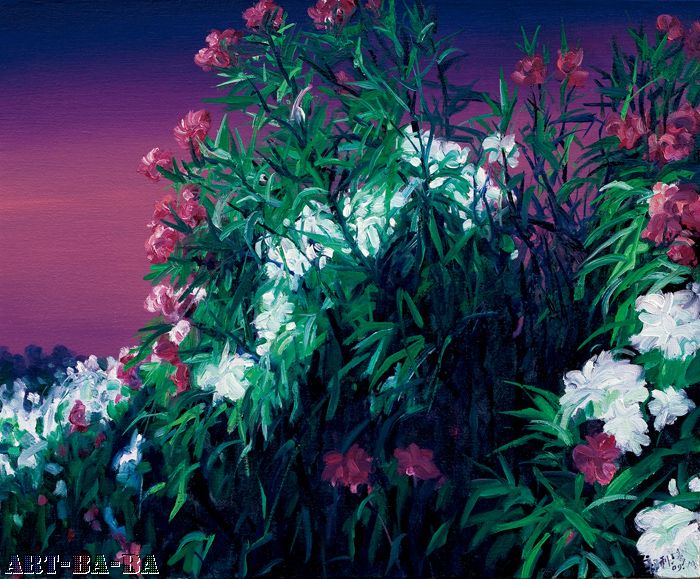
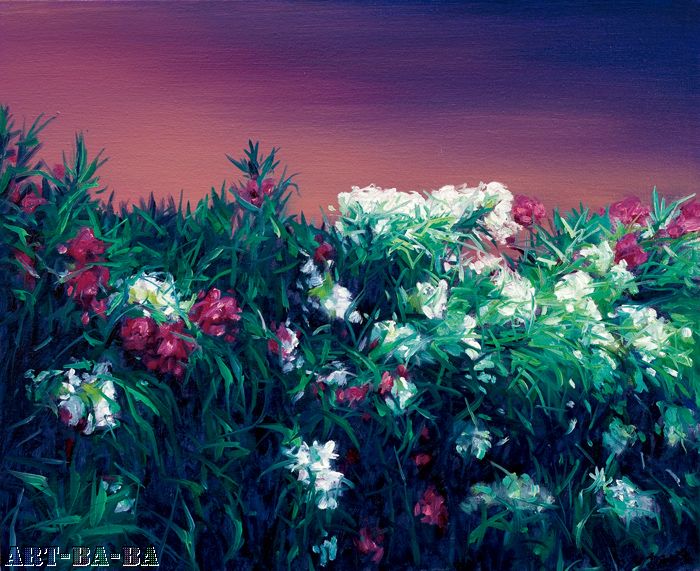
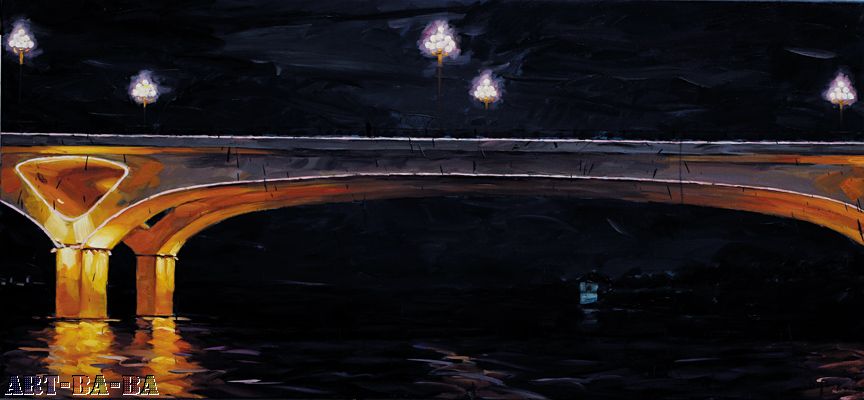
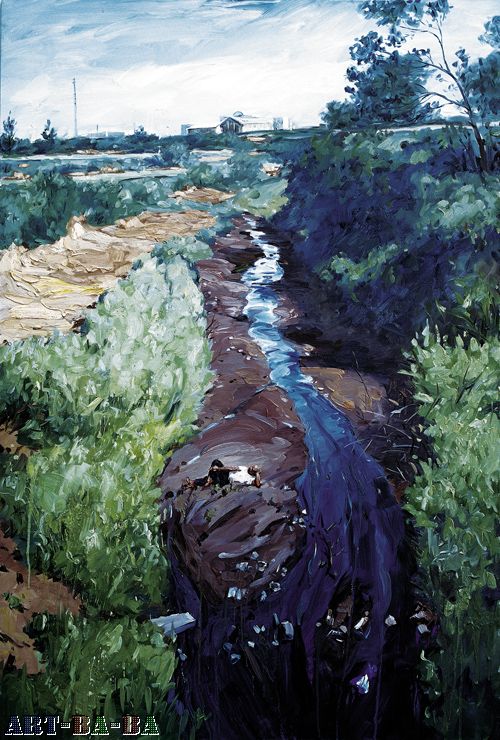
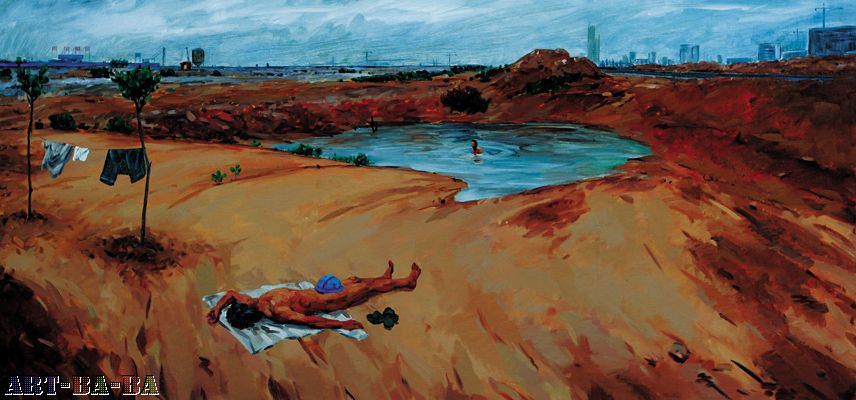
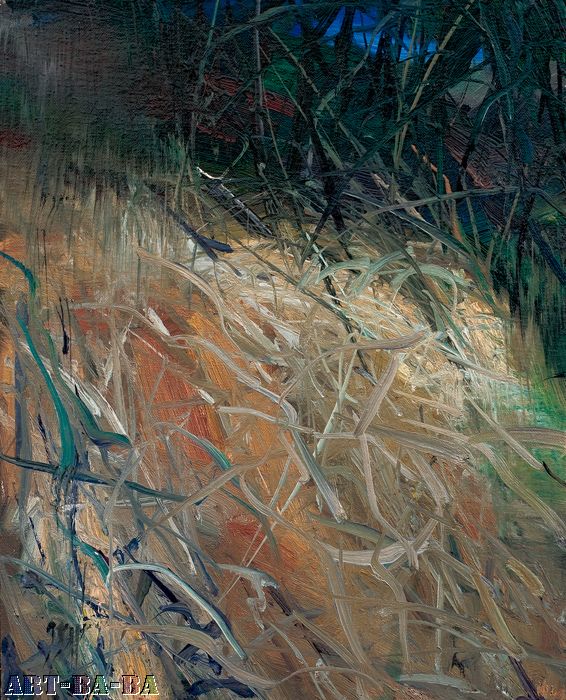
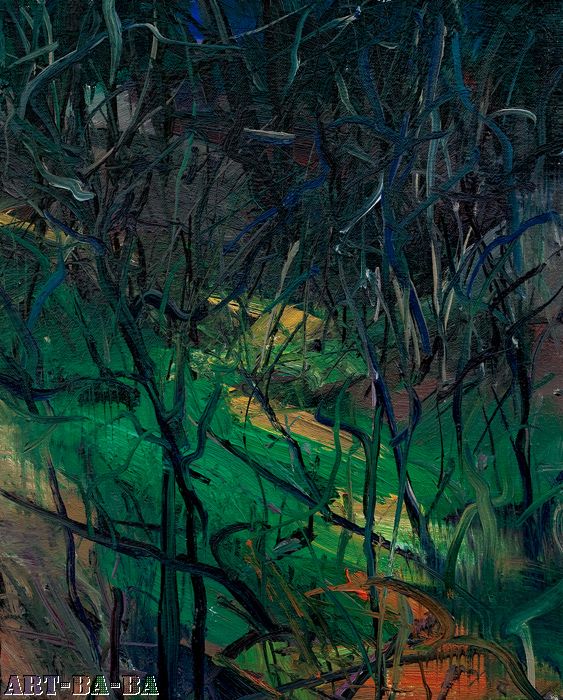
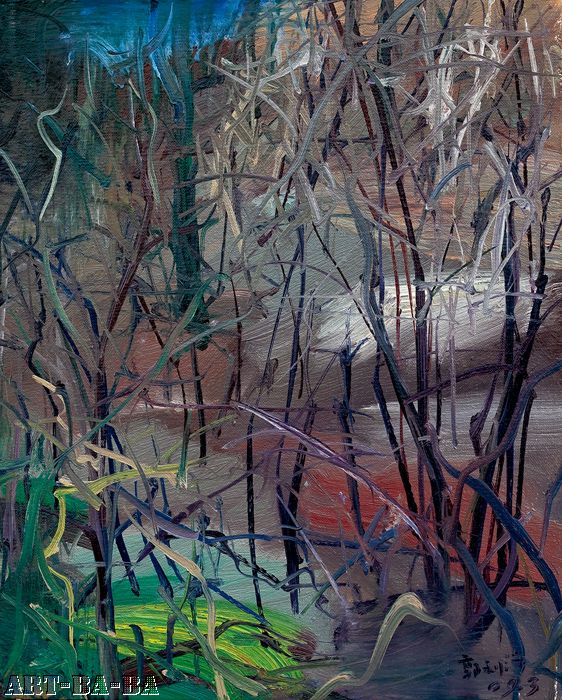
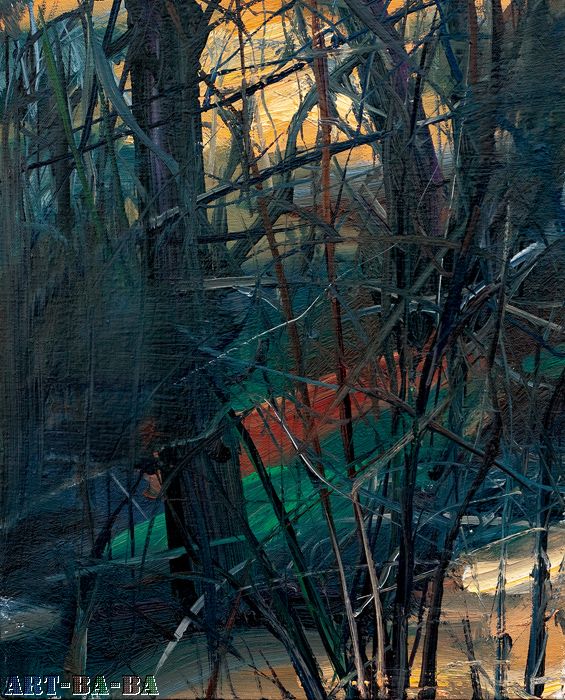
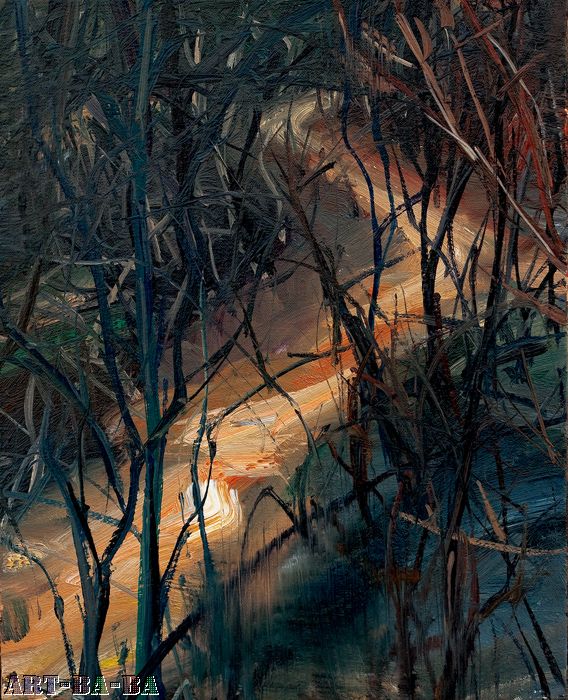
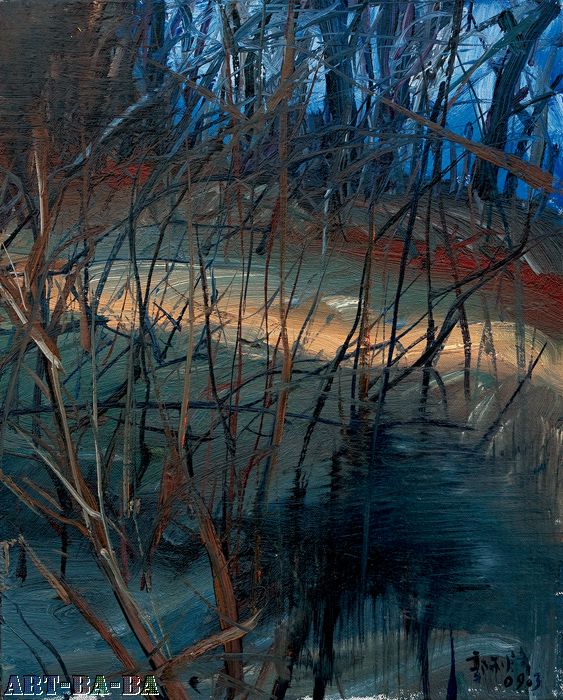
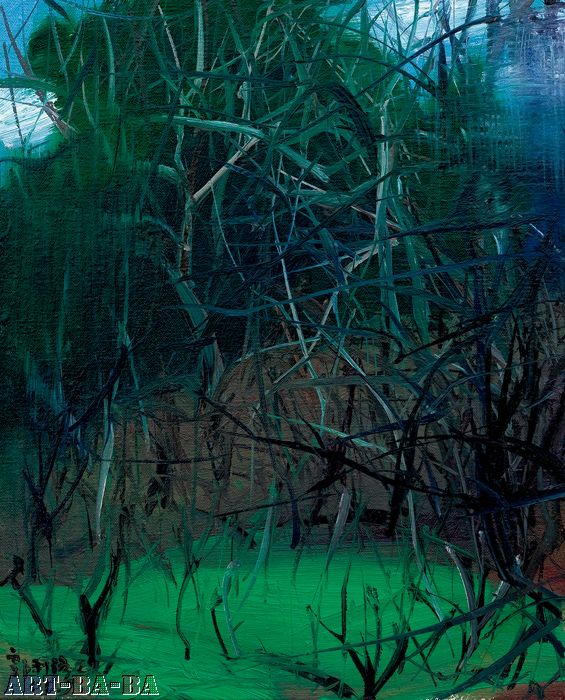
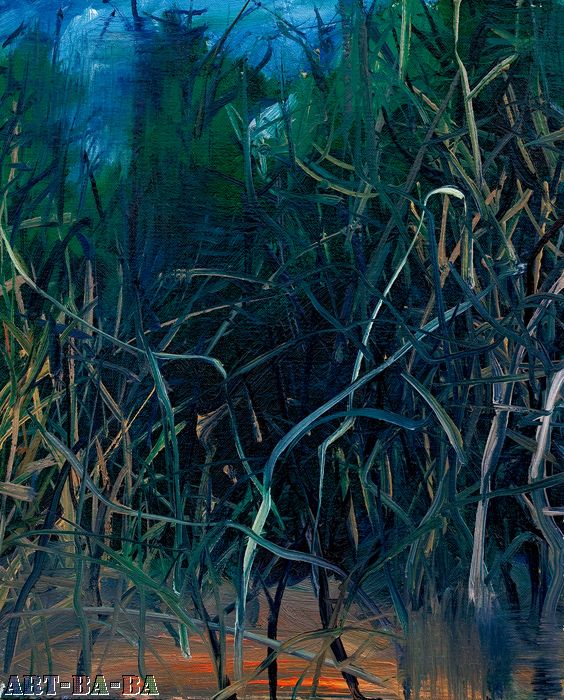
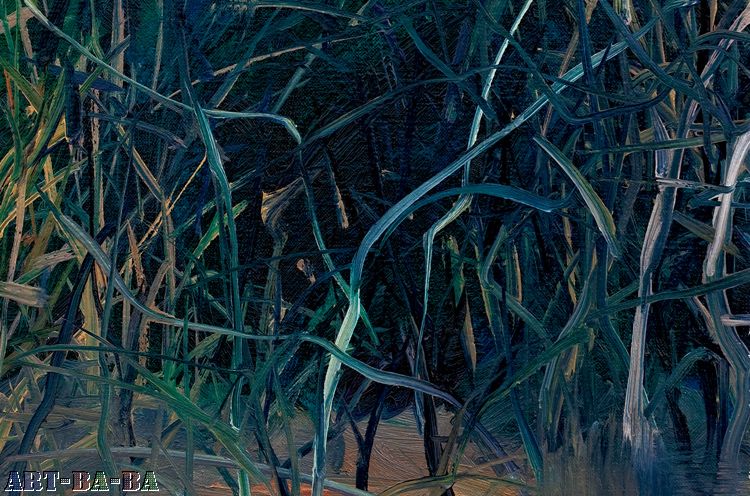
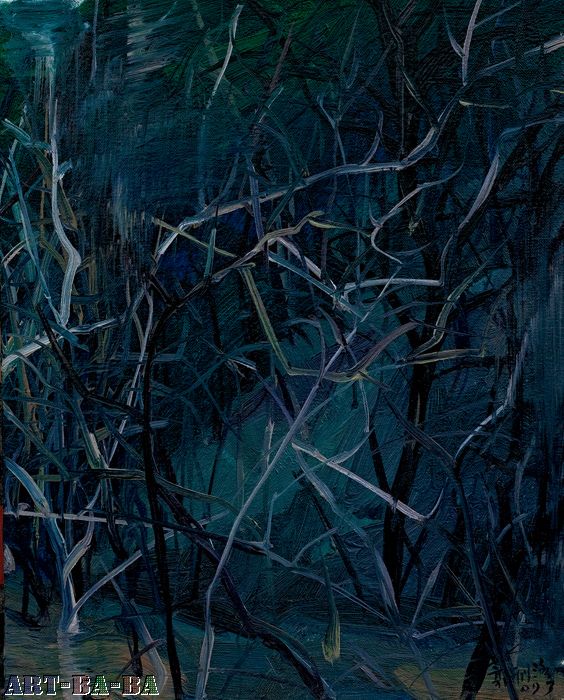
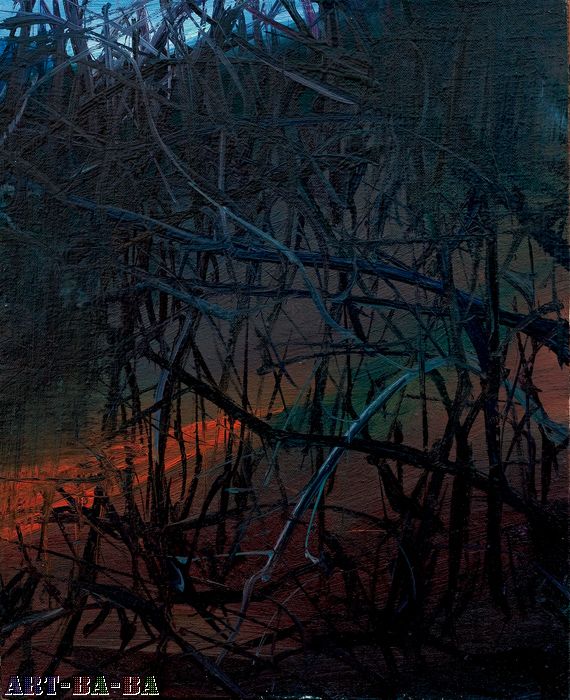
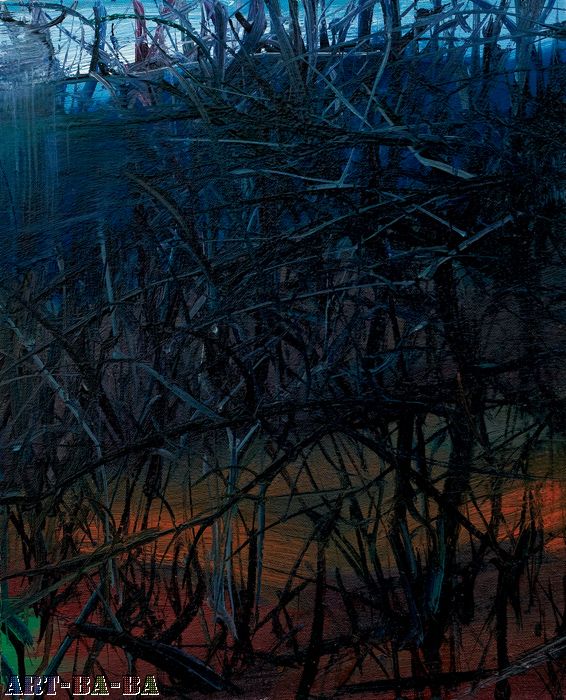
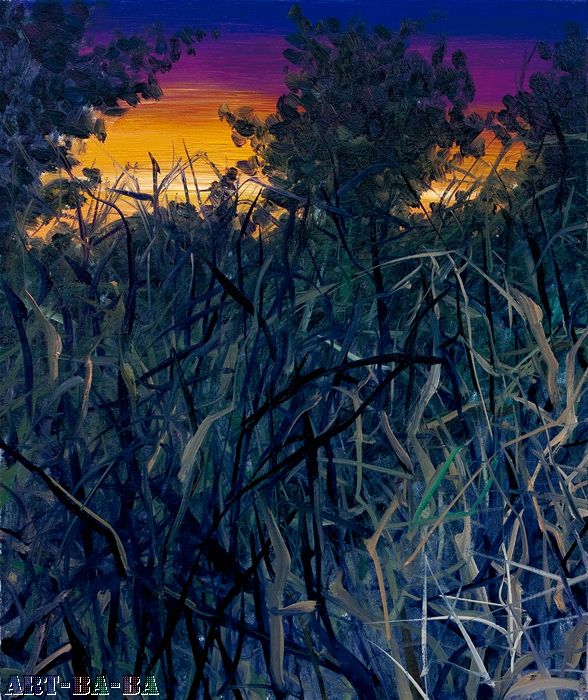
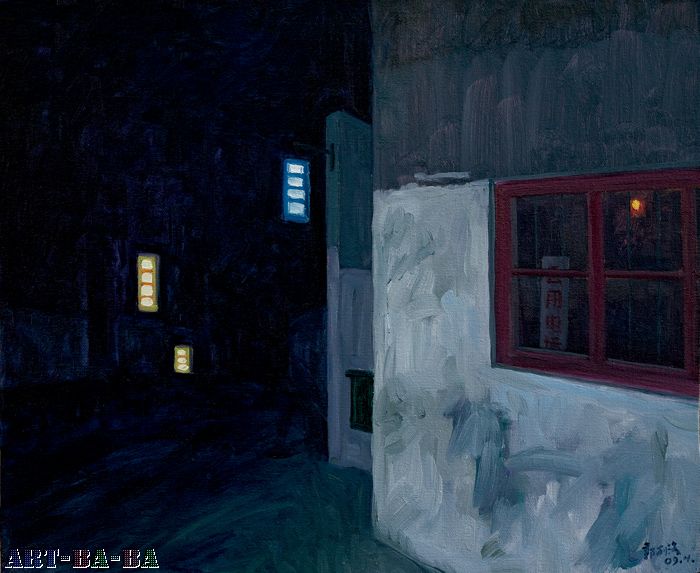
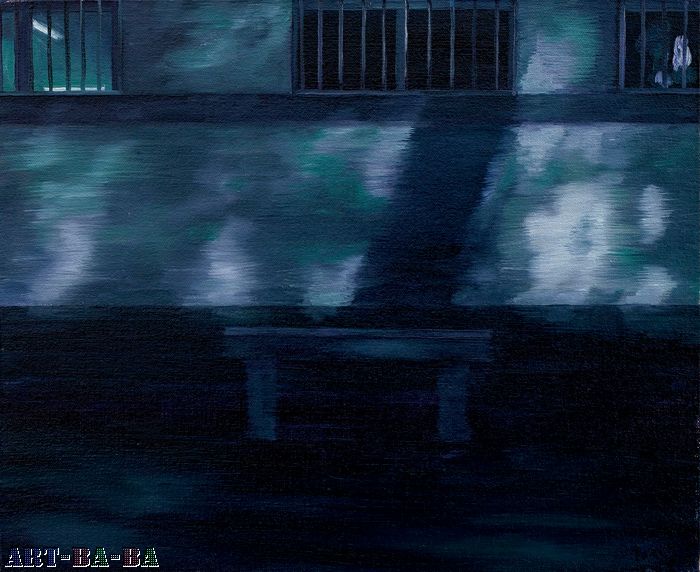
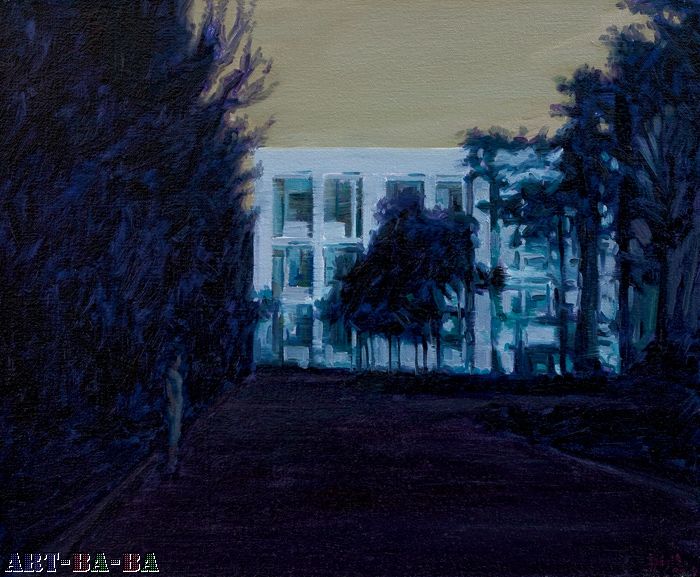
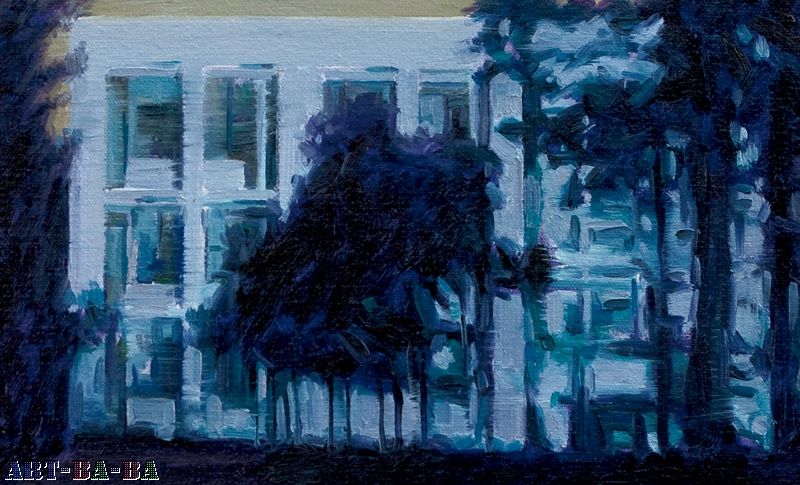
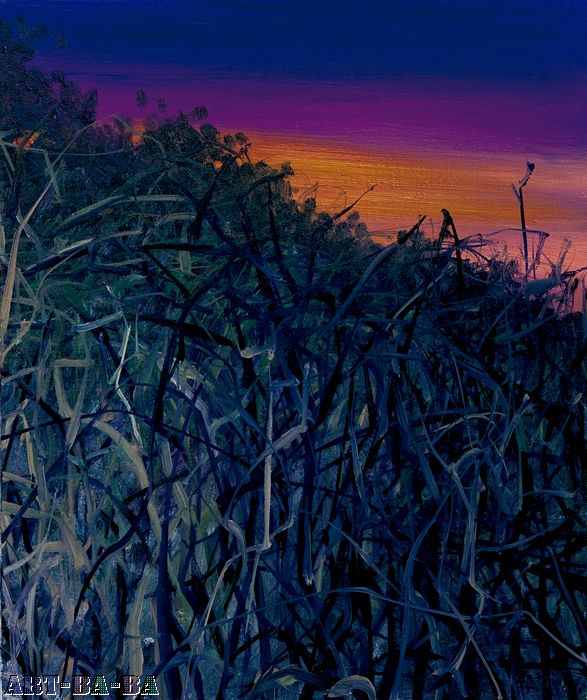
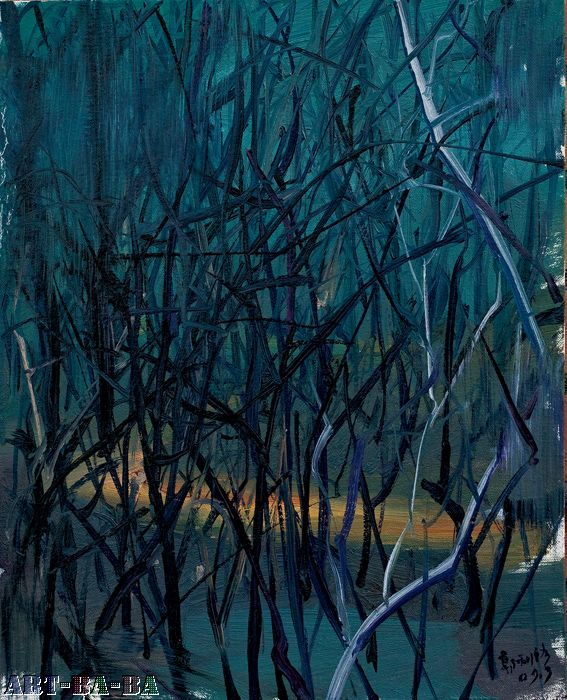
郭利洛作品说明
王城大桥
布面油画
Wangcheng Bridge
210cm x 100cm
Oil on Canvas
2007
洗澡
布面油画
After the Bath
210cm x 100cm
Oil on Canvas
2007
15路车站
布面油画
Bus Stop No.15
210cm x 100cm
Oil on Canvas
2006
夜色05
布面油画
Dim Light No.05
73cm x 60cm
Oil on Canvas
2009
夜色06,07
布面油画
Dim Light No.06 ,07
73cm x 60cm
Oil on Canvas
2009
夹竹桃05
布面油画
Oleander No.05
70cm x 63cm
Oil on Canvas
2008
夹竹桃06
布面油画
Oleander No.06
70cm x 63cm
Oil on Canvas9
2008
夜色09,10
布面油画
Dim Light No.09 ,10
56cm x 45cm
Oil on Canvas
2009
小景01, 02, 03
布面油画
Scenery No.01, 02,03
41cm x 43cm
Oil on Canvas
2009
小景04,05,06
布面油画
Scenery No.04,05,06
41cm x 43cm
Oil on Canvas
2009
小景07,08,09
布面油画
Scenery No.07,08,09
41cm x 43cm
Oil on Canvas
2009
小景08局部
布面油画
Scenery No.08
Oil on Canvas
2009
小景10,11
布面油画
Scenery No.10,11
41cm x 43cm
Oil on Canvas
2009
罗俊章作品
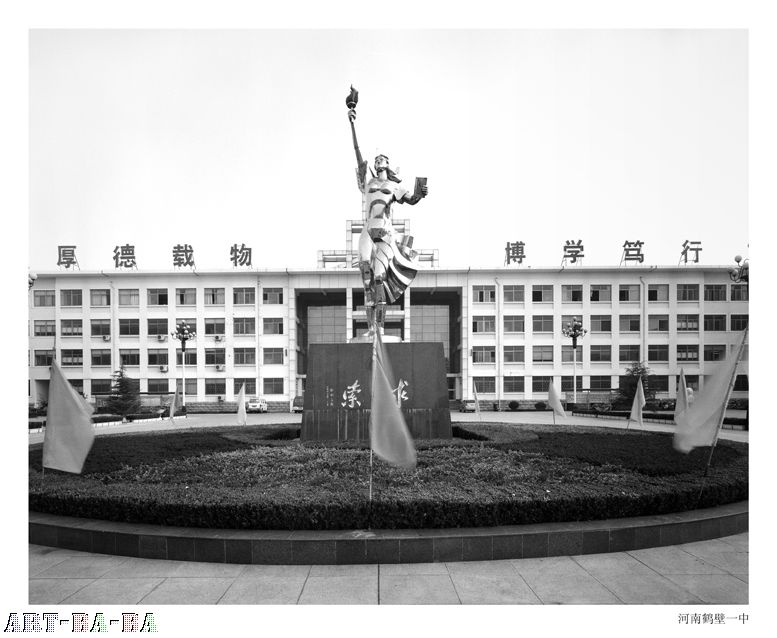
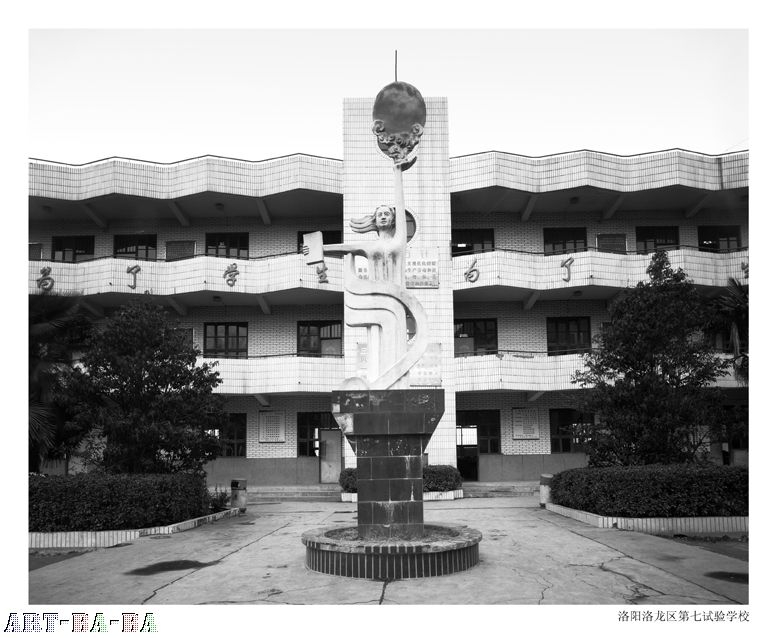
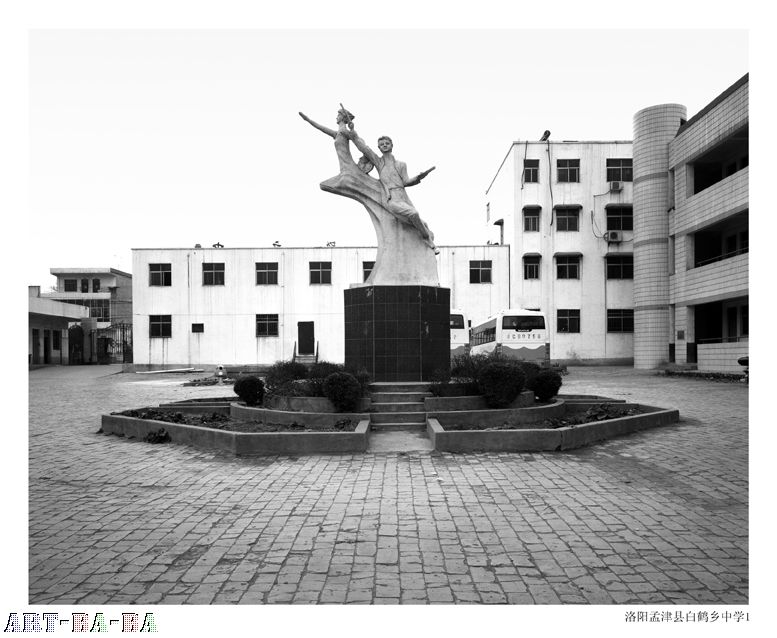
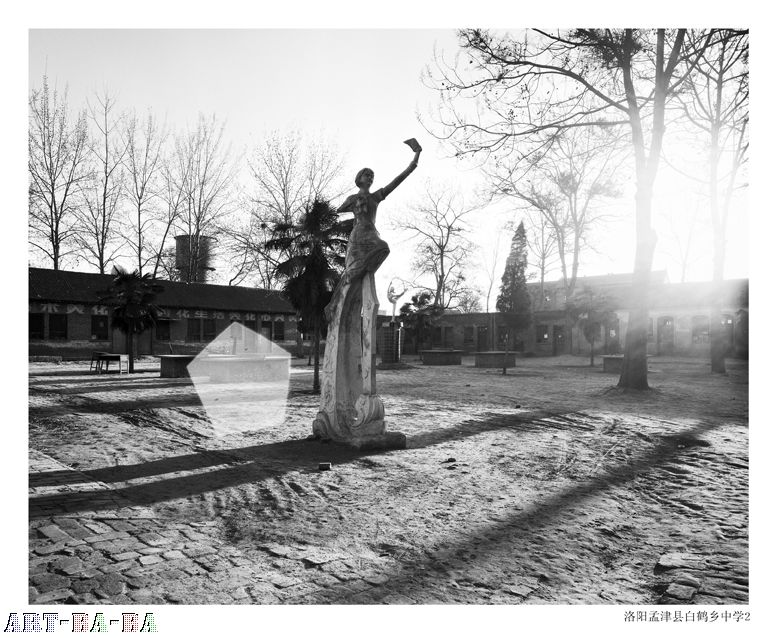
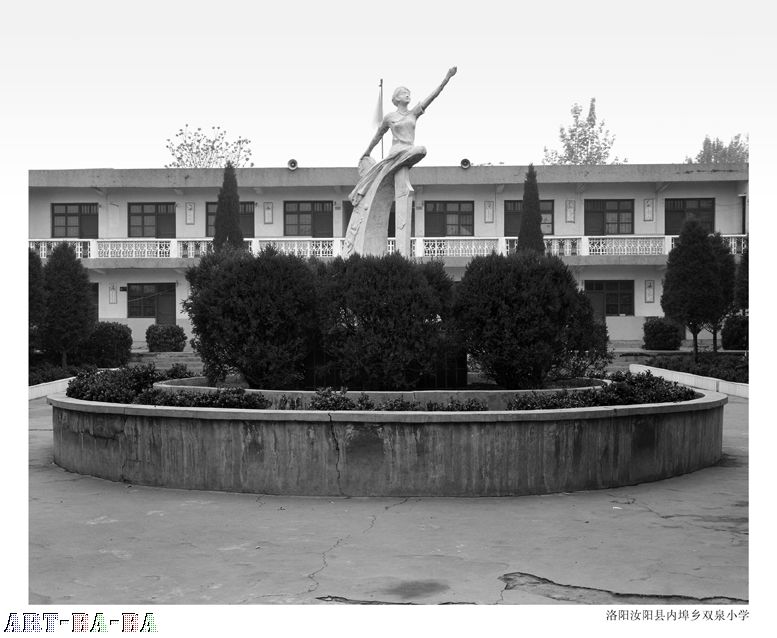
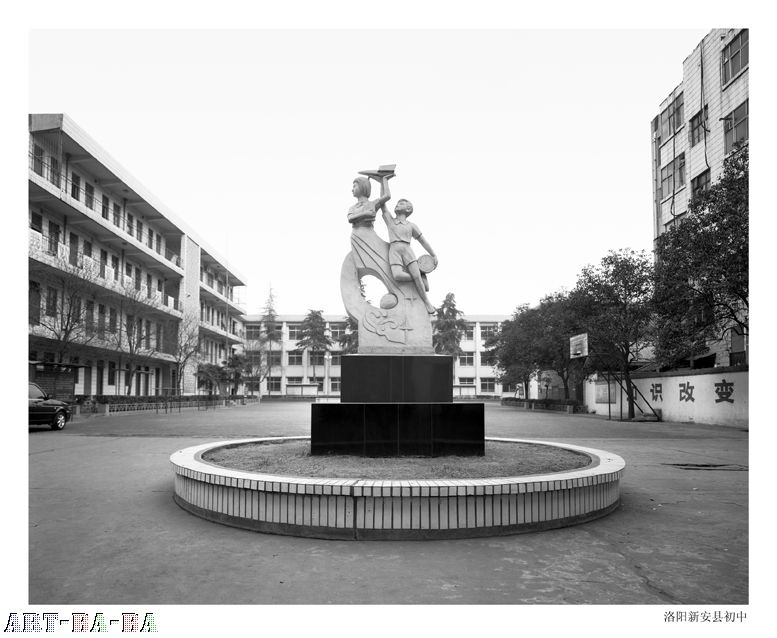
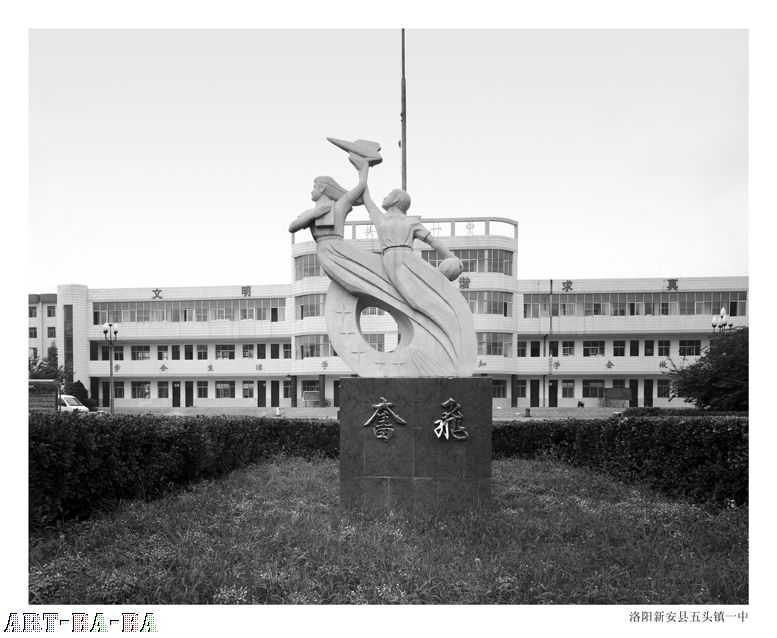
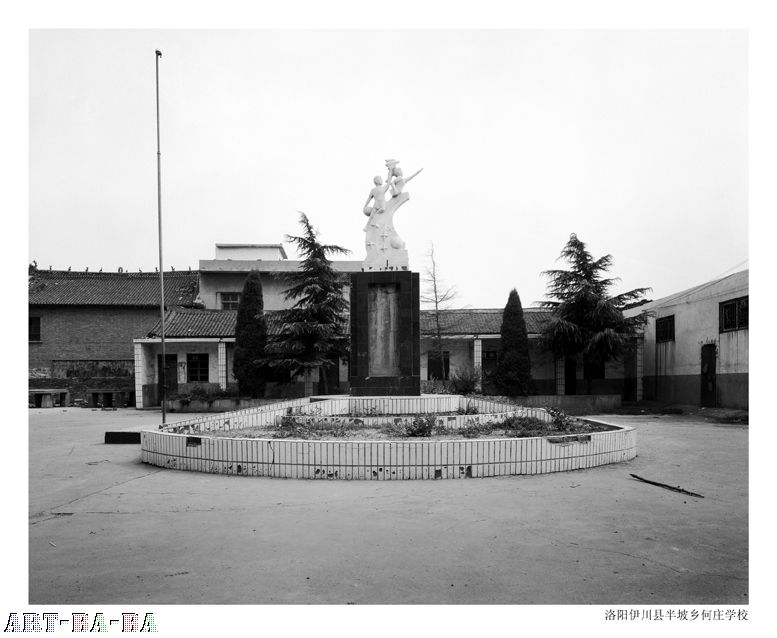
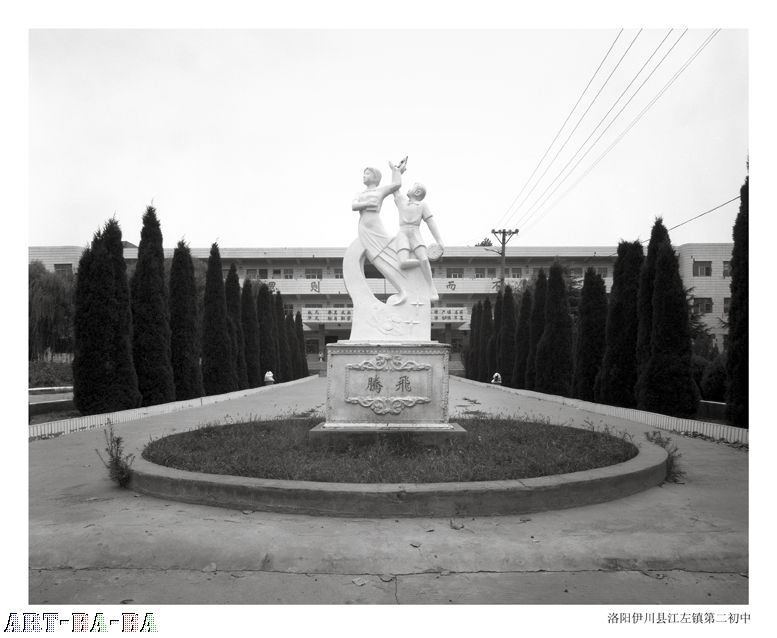
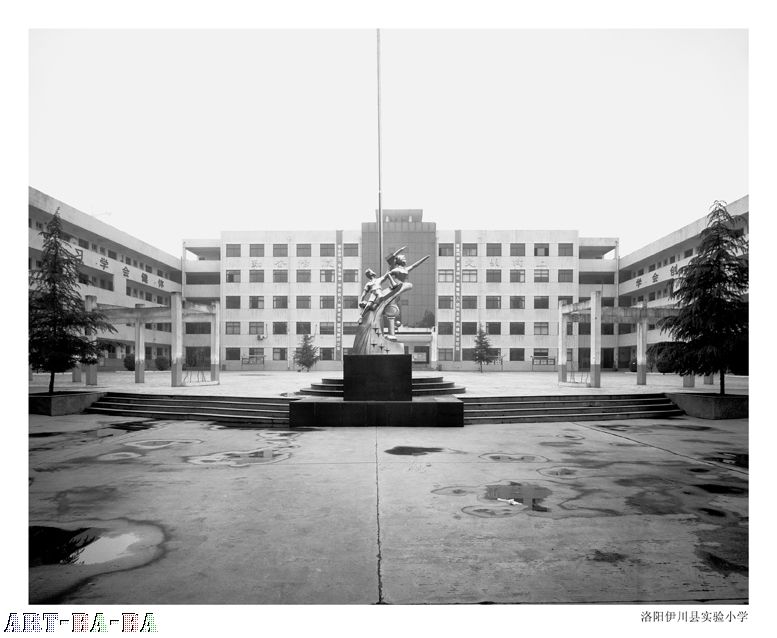
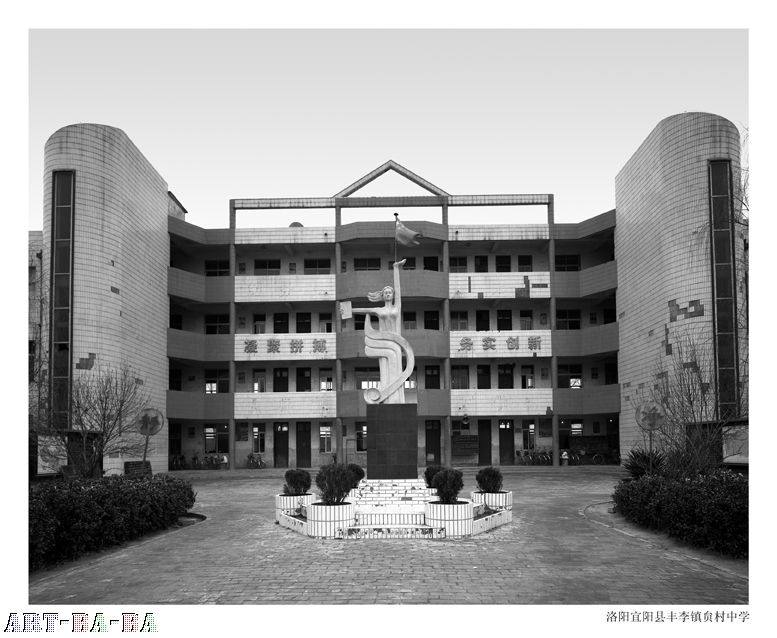
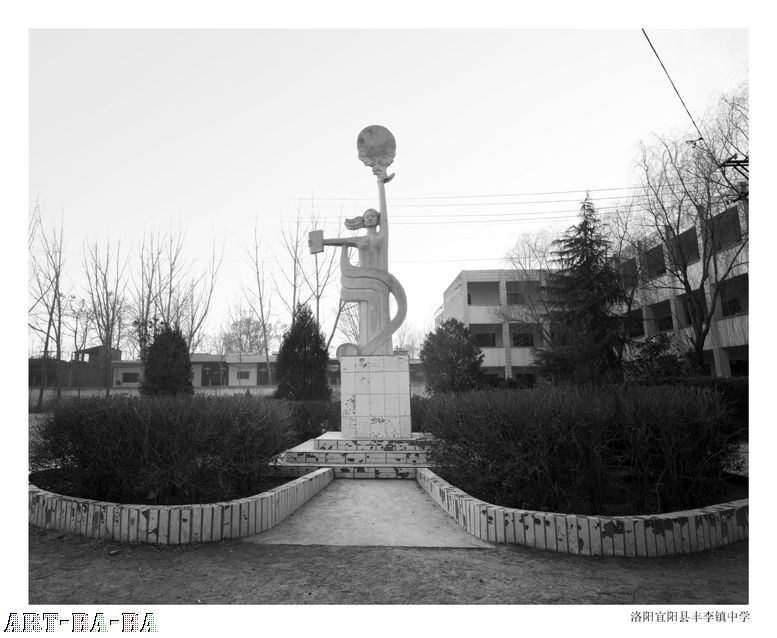
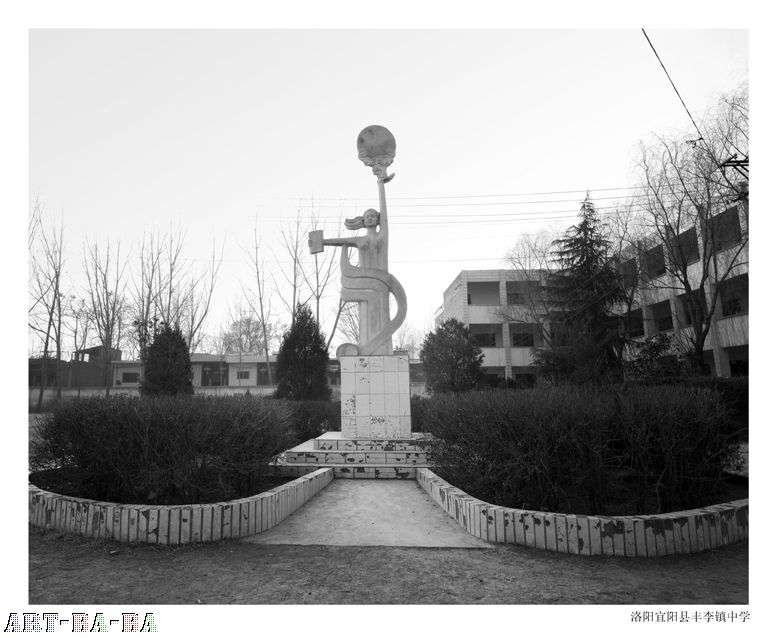
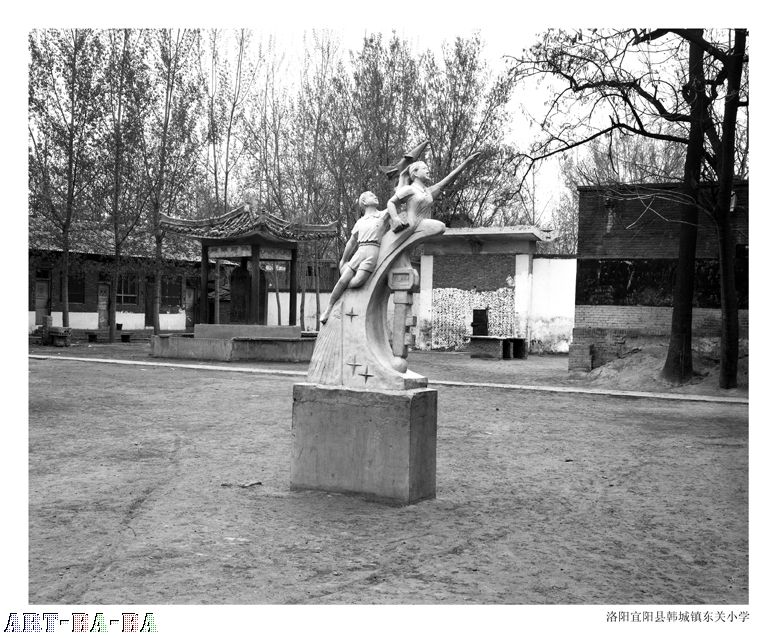
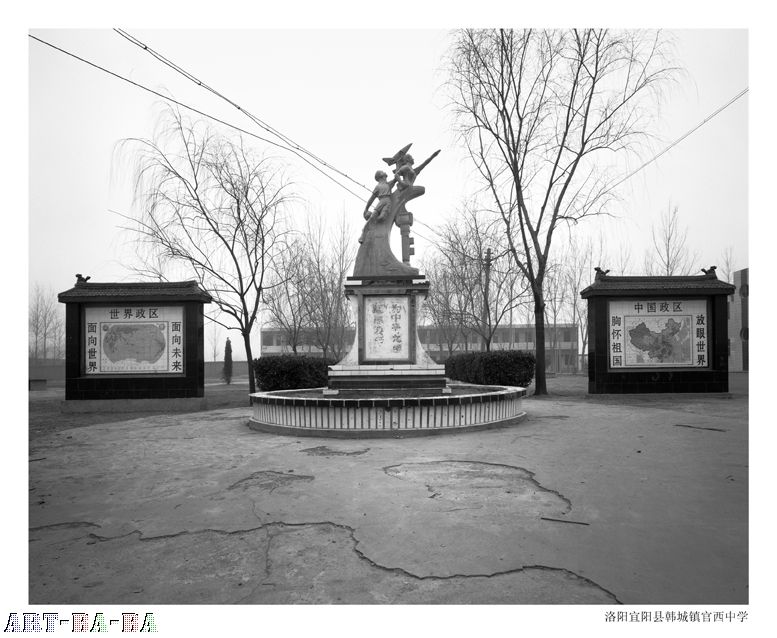
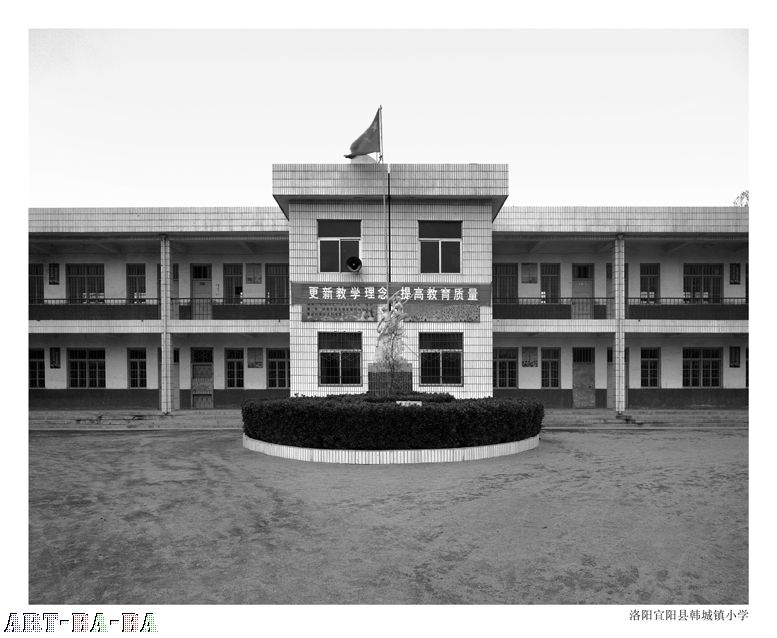
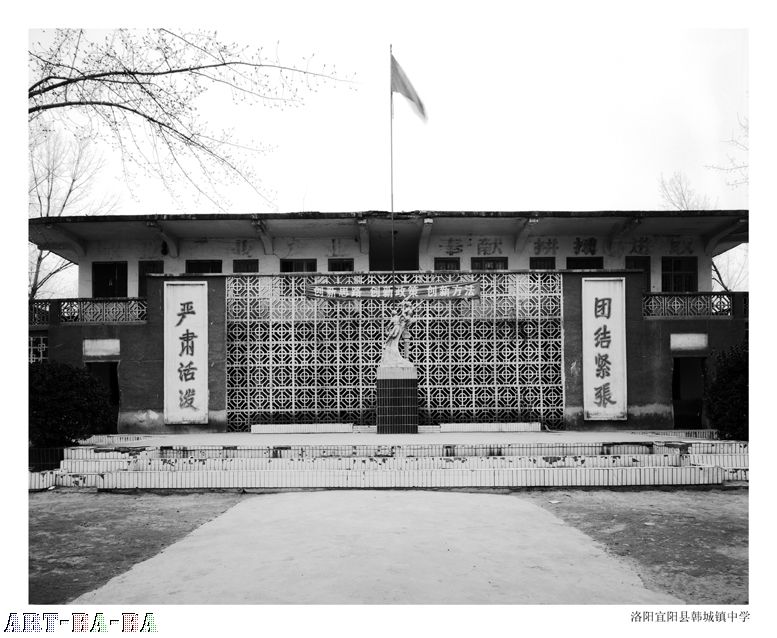
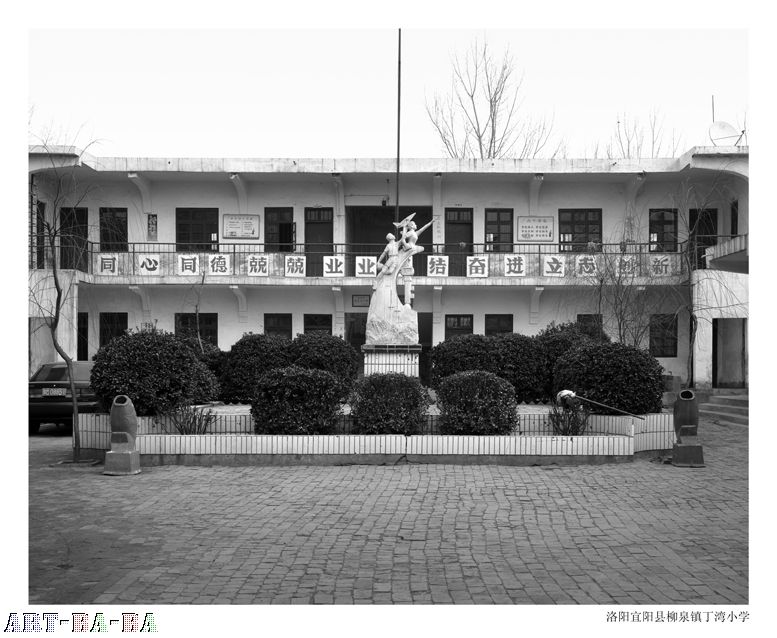
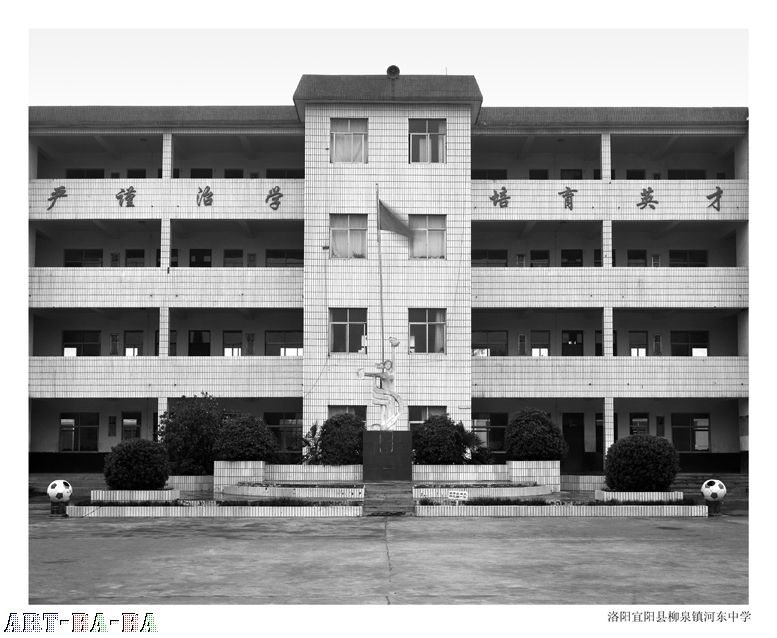
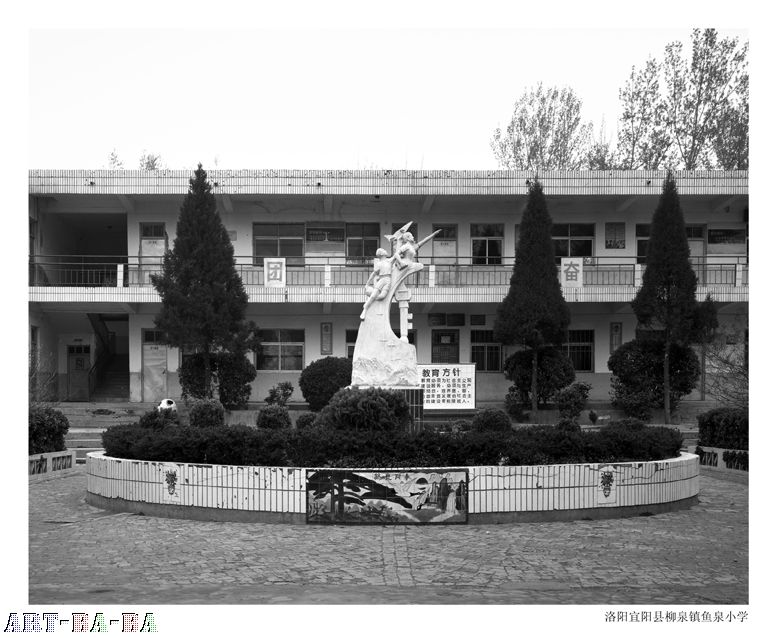
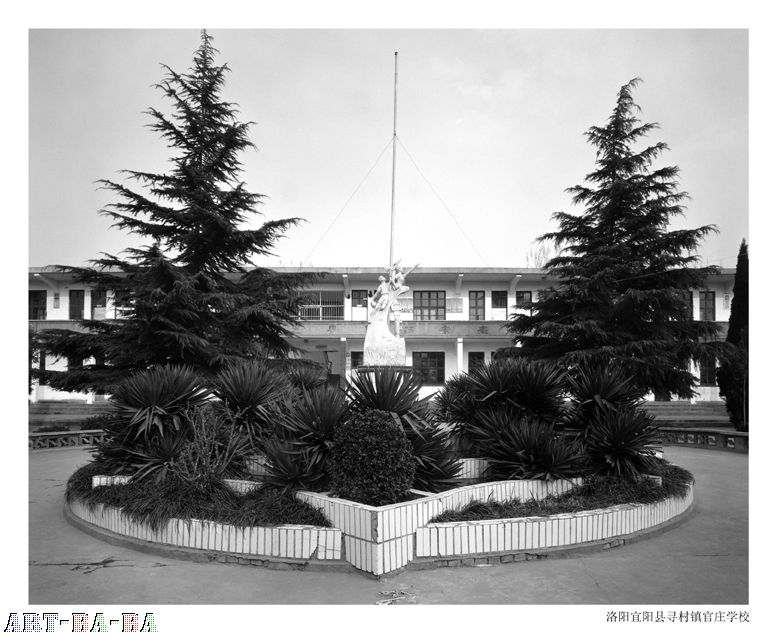
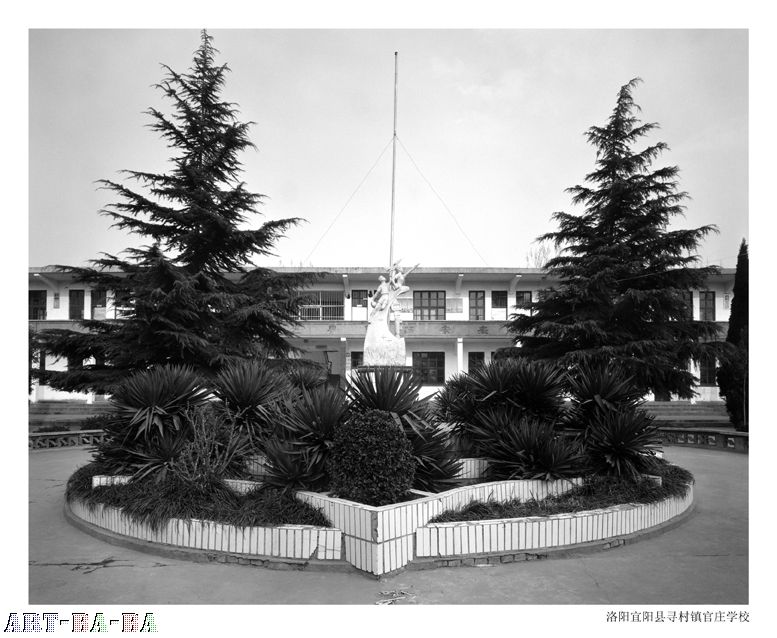
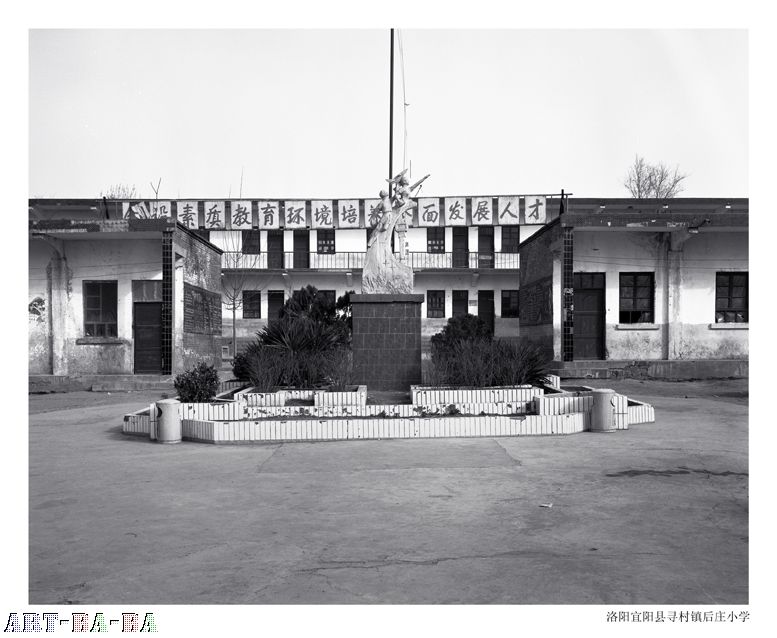
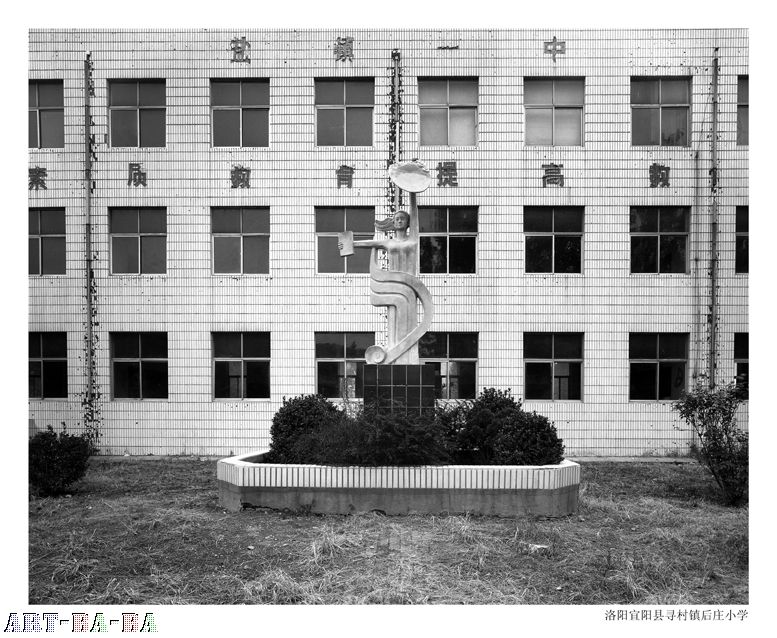
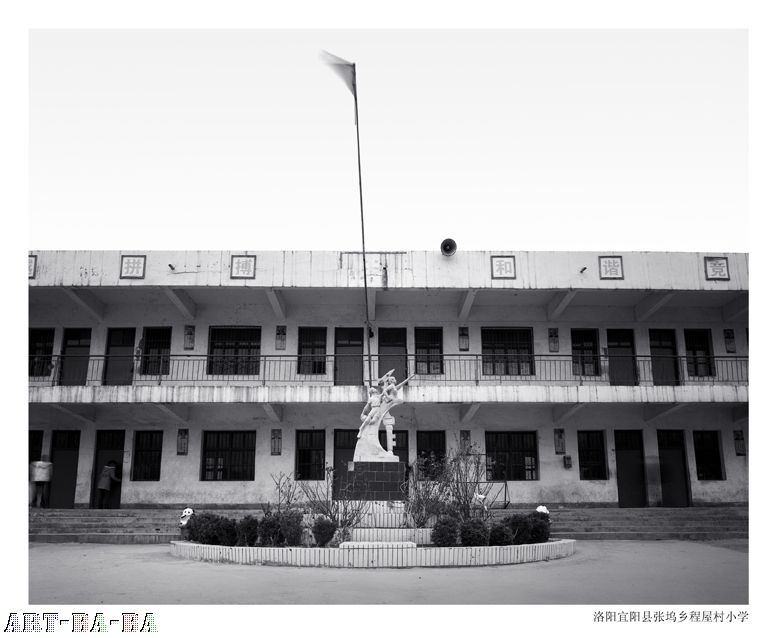
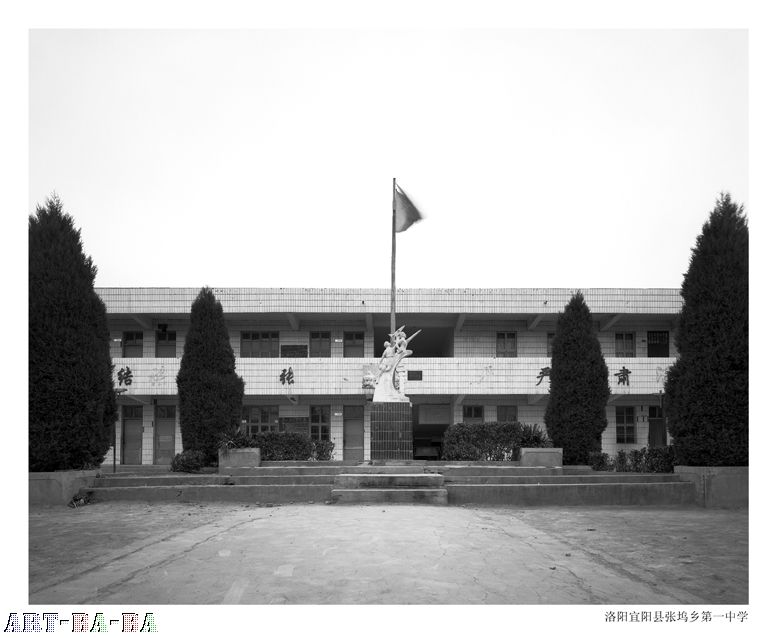
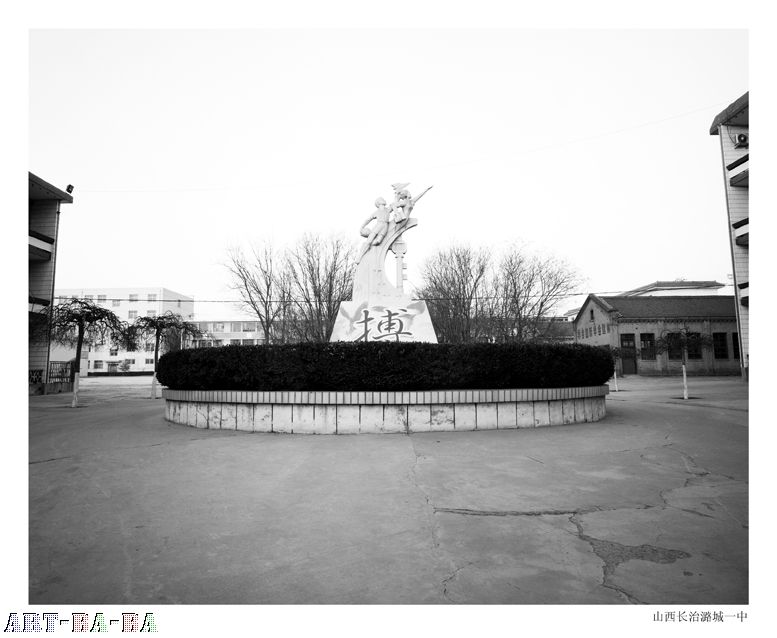
罗俊章作品说明
作品说明 罗俊章Luo Junzhang《一模一样》《ALL THE SAME》
洛阳宜阳县韩城镇官西中学 2008-
爱普生艺术纸微喷
50cm x 60cm
100cm x 120cm
Hancheng Town Guanxi Middle School,Yiyang County, Luoyang 2008-
Inkjet Print Epson Textured Fine Art Paper
50cm x 60cm
100cm x 120cm
洛阳宜阳县韩城镇中学 2008-
爱普生艺术纸微喷
50cm x 60cm
100cm x 120cm
Hancheng Town Middle School, Yiyang County, Luoyang 2008-
Inkjet Print Epson Textured Fine Art Paper
50cm x 60cm
100cm x 120cm
洛阳宜阳县韩城镇东关小学 2008-
50cm x 60cm
100cm x 120cm
Hancheng Town Guandong Primary School, Yiyang County, Luoyang 2008-
Inkjet Print Epson Textured Fine Art Paper
50cm x 60cm
100cm x 120cm
洛阳宜阳县韩城镇小学 2008-
爱普生艺术纸微喷
50cm x 60cm
100cm x 120cm
Hancheng Town Primary School,Yiyang County, Luoyang 2008-
Inkjet Print Epson Textured Fine Art Paper
50cm x 60cm
100cm x 120cm
洛阳宜阳县寻村镇官庄学校 2008-
爱普生艺术纸微喷
50cm x 60cm
100cm x 120cm
Xuncun Town Guanzhuang School, Yiyang County, Luoyang 2008-
Inkjet Print Epson Textured Fine Art Paper
50cm x 60cm
100cm x 120cm
洛阳宜阳县寻村镇后庄学校 2008-
爱普生艺术纸微喷
50cm x 60cm
100cm x 120cm
Xuncun Town Houzhuang School, Yiyang County, Luoyang 2008-Ikkjet Print Epson Textured Fine Art Paper
50cm x 60cm
100cm x 120cm
洛阳宜阳县柳泉镇丁湾小学 2008-
爱普生艺术纸微喷
50cm x 60cm
100cm x 120cm
Liuquan Town Dingwan Primary School, Yiyang County, Luoyang 2008-
Inkjet Print Epson Textured Fine Art Paper
50cm x 60cm
100cm x 120cm
洛阳宜阳县柳泉镇鱼泉小学 2008-
爱普生艺术纸微喷
50cm x 60cm
100cm x 120cm
Liuquan Town Yuquan Primary School, Yiyang County, Luoyang
2008-
Inkjet Print Epson Textured Fine Art Paper
50cm x 60cm
100cm x 120cm
洛阳宜阳县张埠乡程屋小学 2008-
爱普生艺术纸微喷
50cm x 60cm
100cm x 120cm
Zhangbu Town Chengwu Primary School, Yiyang County, Luoyang 2008-
Inkjet Print Epson Textured Fine Art Paper
50cm x 60cm
100cm x 120cm
洛阳宜阳县张埠乡第一中学 2008-
爱普生艺术纸微喷
50cm x 60cm
100cm x 120cm
Zhangbu Town No.1 Middle School, Yiyang County, Luoyang 2008-
Inkjet Print Epson Textured Fine Art Paper
50cm x 60cm
100cm x 120cm
洛阳伊川县实验小学 2008-
爱普生艺术纸微喷
50cm x 60cm
100cm x 120cm
Yichuan County Experimental Primary School, Luoyang
2008-
Inkjet Print Epson Textured Fine Art Paper
50cm x 60cm
100cm x 120cm
洛阳伊川县半坡乡何庄学校 2008-
爱普生艺术纸微喷
50cm x 60cm
100cm x 120cm
Banpo Town Hezhuang School, Yichuan County, Luoyang 2008-
Inkjet Print Epson Textured Fine Art Paper
50cm x 60cm
100cm x 120cm
洛阳汝阳县内埠乡双泉小学 2008-
爱普生艺术纸微喷
50cm x 60cm
100cm x 120cm
Neibu Town Shuangquan Primary School, Ruyang County, Luoyang
2008-
Inkjet Print Epson Textured Fine Art Paper
50cm x 60cm
100cm x 120cm
洛阳孟津县白鹤乡中学2 2008-
爱普生艺术纸微喷
50cm x 60cm
100cm x 120cm
Baihe Town Middle School, Mengjin County, Luoyang (B) 2008-
Inkjet Print Epson Textured Fine Art Paper
50cm x 60cm
100cm x 120cm
山西长治潞城一中 2008-
爱普生艺术纸微喷
50cm x 60cm
100cm x 120cm
Changzhi Lucheng No.1 Middle School, Shanxi Province 2008-
Inkjet Print Epson Textured Fine Art Paper
50cm x 60cm
100cm x 120cm
洛阳伊川县江左镇第二初中 2008-
爱普生艺术纸微喷
50cm x 60cm
100cm x 120cm
Jiangzuo Town No.2 Middle School, Yichuan County, Luoyang
2008-
Inkjet Print Epson Textured Fine Art Paper
50cm x 60cm
100cm x 120cm
洛阳新安县初中 2008-
爱普生艺术纸微喷
50cm x 60cm
100cm x 120cm
Xin'an County Middle School, Luoyang 2008-
Inkjet Print Epson Textured Fine Art Paper
50cm x 60cm
100cm x 120cm
洛阳新安县五头镇一中 2008-
爱普生艺术纸微喷
50cm x 60cm
100cm x 120cm
Wutou Town No.1 Middle School, Xin'an County, Luoyang 2008-
Inkjet Print Epson Textured Fine Art Paper
50cm x 60cm
100cm x 120cm
洛阳孟津县白鹤乡中学1 2008-
爱普生艺术纸微喷
50cm x 60cm
100cm x 120cm
Baihe Town Middle School, Mengjin County, Luoyang (A) 2008-
Inkjet Print Epson Textured Fine Art Paper
50cm x 60cm
100cm x 120cm
河南鹤壁第一高中 2008-
爱普生艺术纸微喷
50cm x 60cm
100cm x 120cm
Hebi No.1 Senior High School, Henan Province 2008-
Inkjet Print Epson Textured Fine Art Paper
50cm x 60cm
100cm x 120cm
洛阳宜阳县丰李镇贠村中学 2008-
爱普生艺术纸微喷
50cm x 60cm
100cm x 120cm
Fengli Town Yuancun Middle School, Yiyang County, Luoyang 2008-
Inkjet Print Epson Textured Fine Art Paper
50cm x 60cm
100cm x 120cm
洛阳洛龙区第七试验学校 2008-
爱普生艺术纸微喷
50cm x 60cm
100cm x 120cm
Luoyang Luolong District No.7 Experimental School 2008-
Inkjet Print Epson Textured Fine Art Paper
50cm x 60cm
100cm x 120cm
洛阳宜阳县丰李镇中学 2008-
爱普生艺术纸微喷
50cm x 60cm
100cm x 120cm
Fengli Town Middle School, Yiyang County, Luoyang 2008-
Inkjet Print Epson Textured Fine Art Paper
50cm x 60cm
100cm x 120cm
洛阳宜阳县柳泉镇河东中学 2008-
爱普生艺术纸微喷
50cm x 60cm
100cm x 120cm
Liuquan Town Hedong Middle School, Yiyang County, Luoyang 2008-
Inkjet Print Epson Textured Fine Art Paper
50cm x 60cm
100cm x 120cm
洛阳宜阳县盐镇乡初中 2008-
爱普生艺术纸微喷
50cm x 60cm
100cm x 120cm
Yanzhen Town Middle School, Yiyang County, Luoyang 2008-
Inkjet Print Epson Textured Fine Art Paper
50cm x 60cm
100cm x 120cm
青洁作品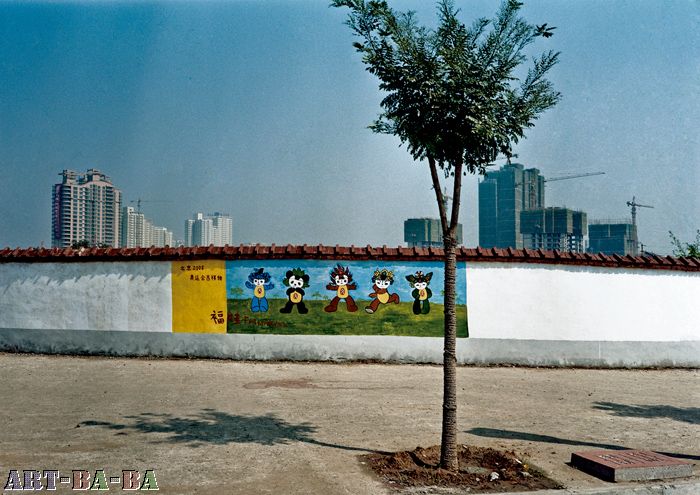
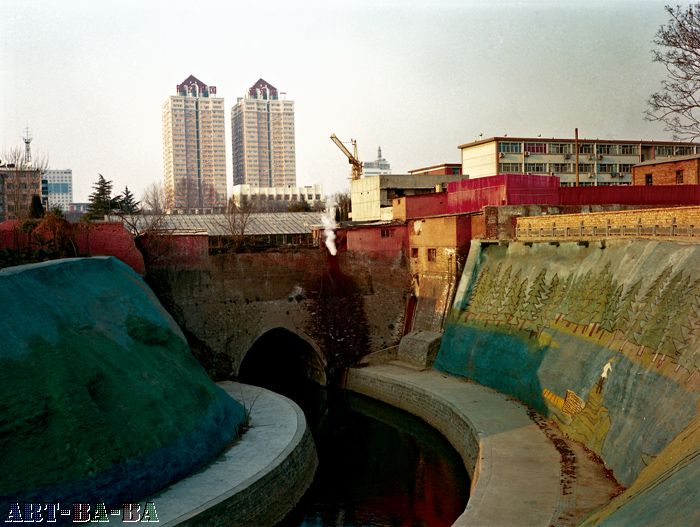
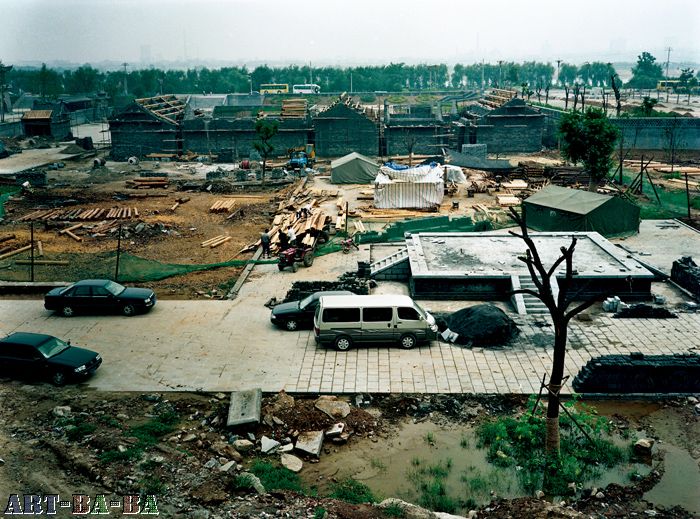
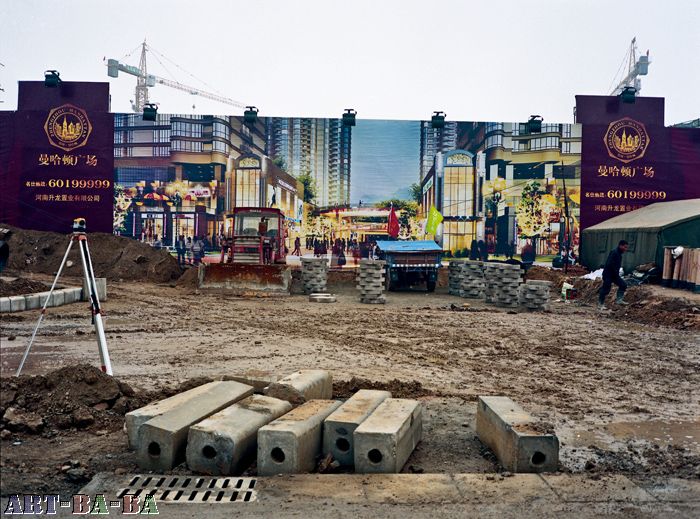
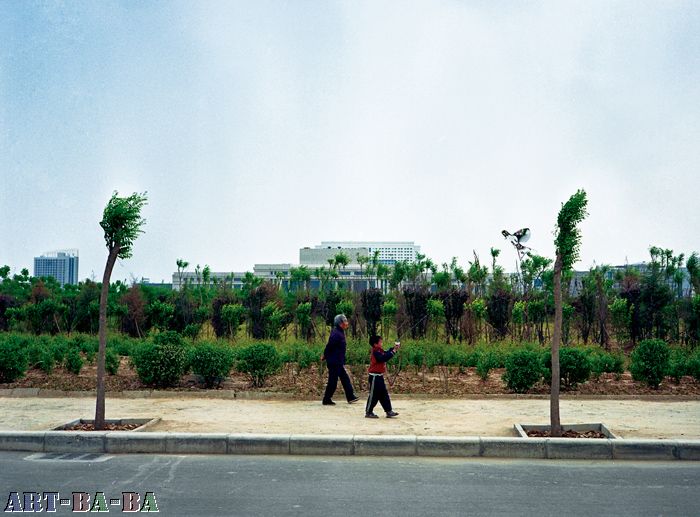
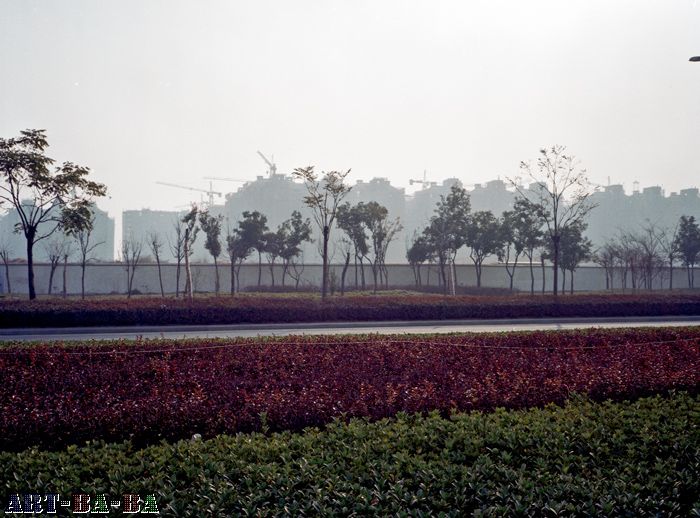
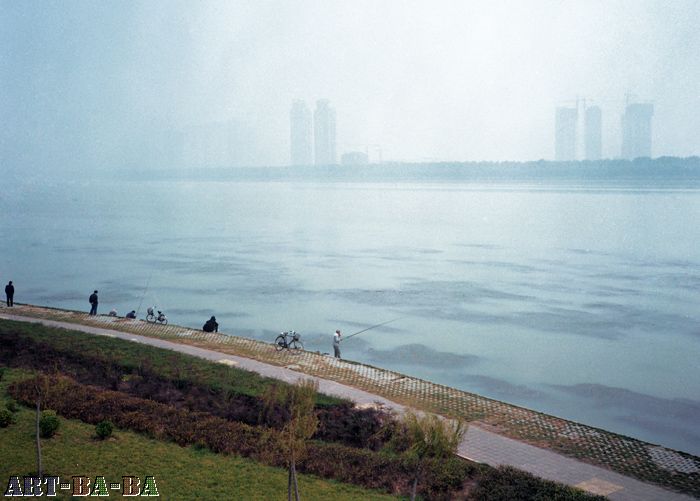
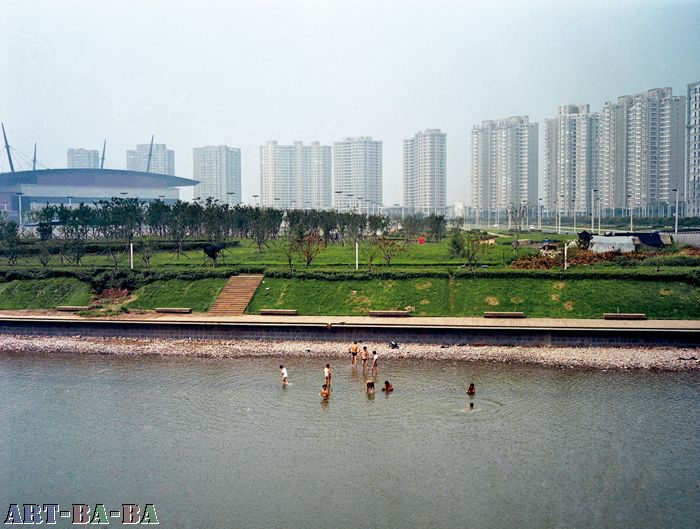
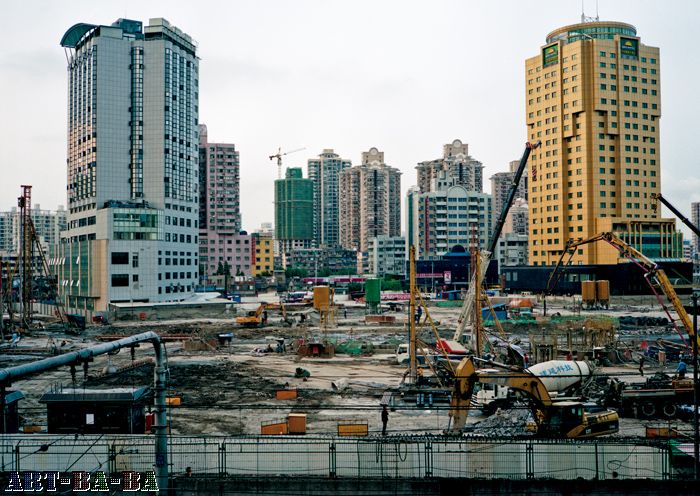
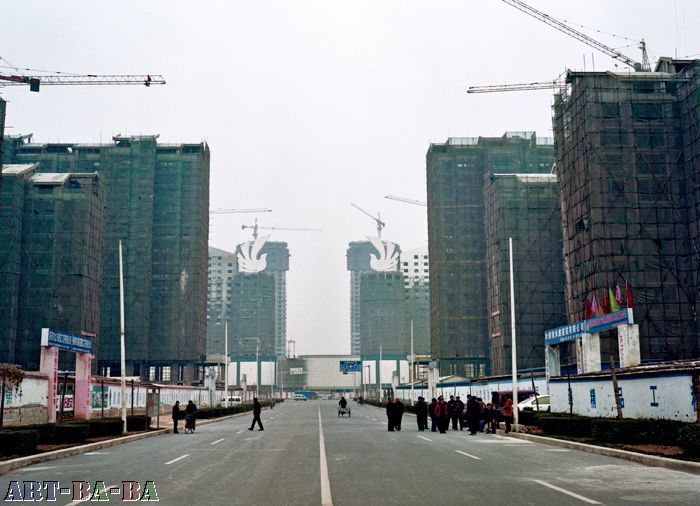
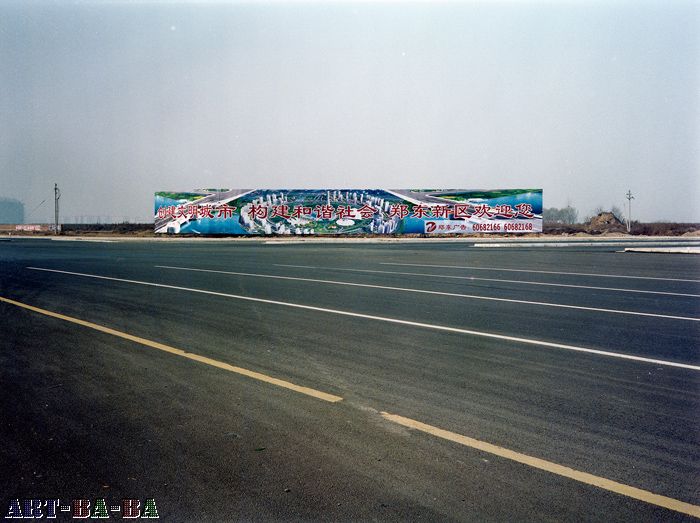
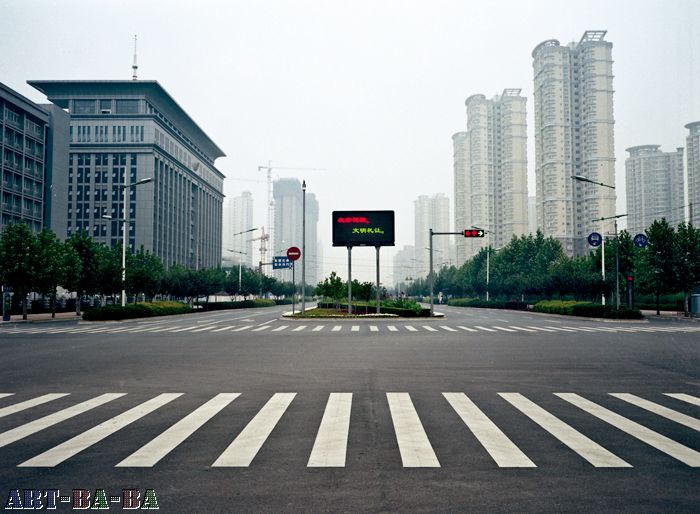
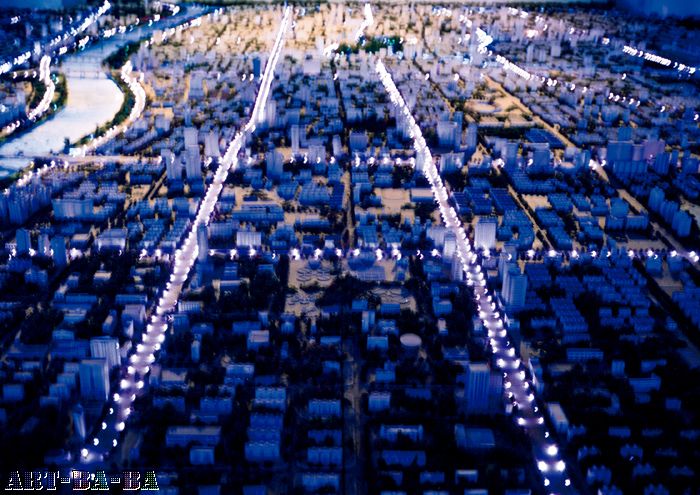
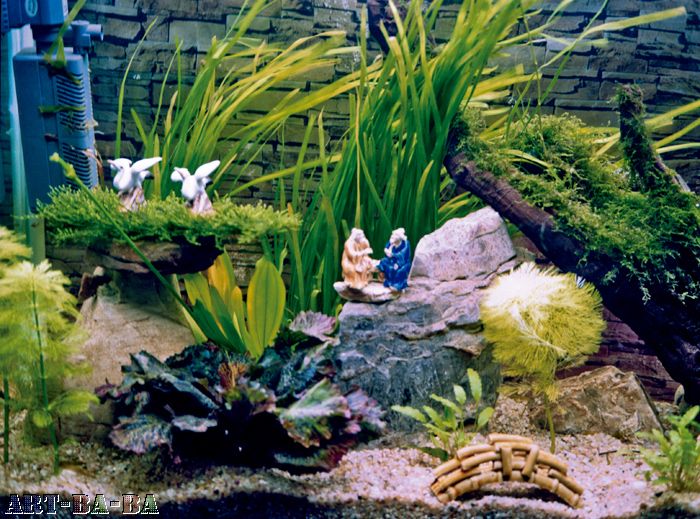
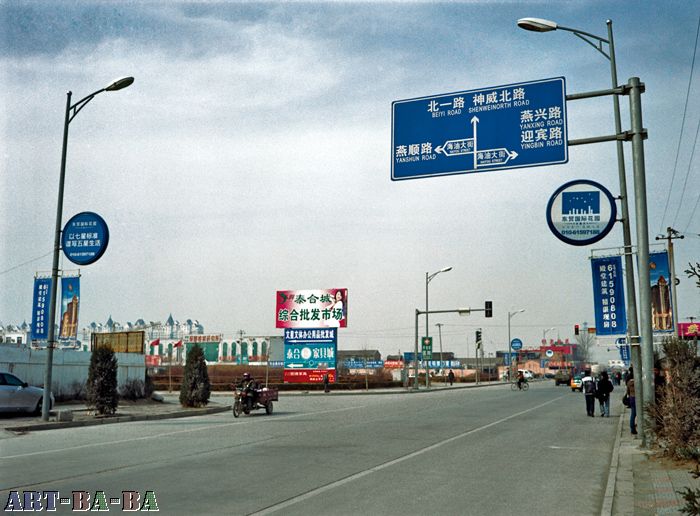
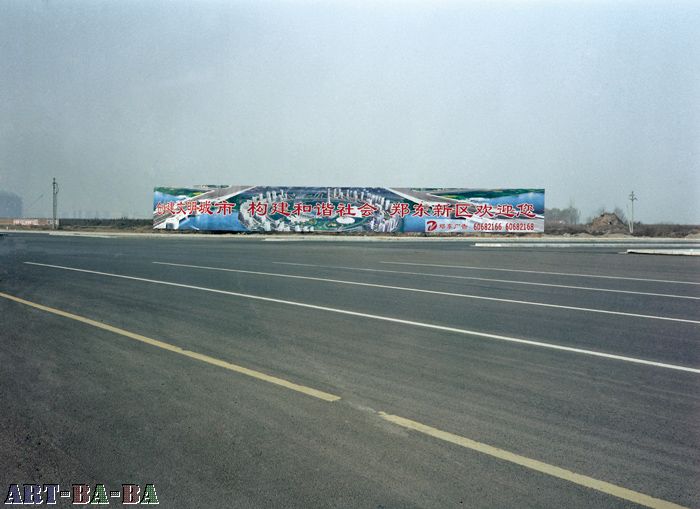
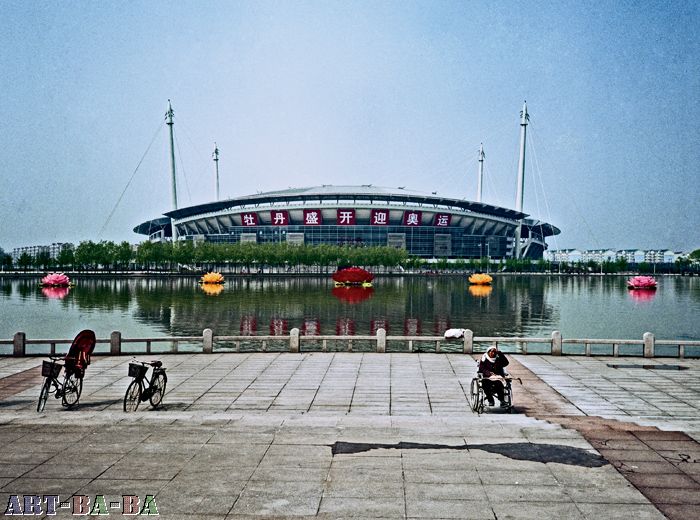
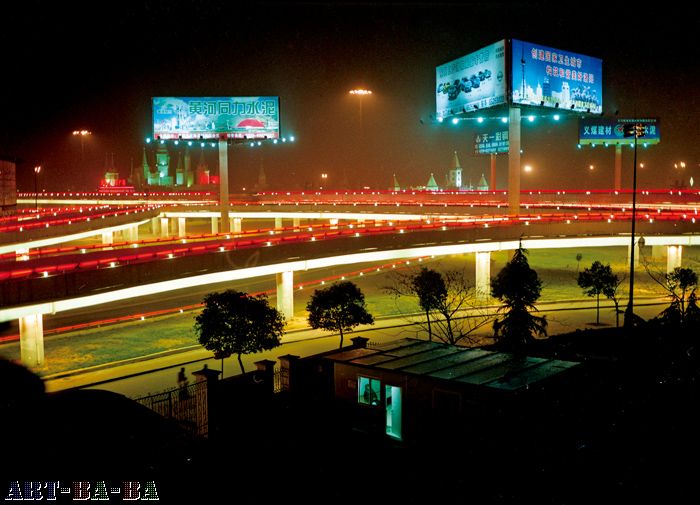
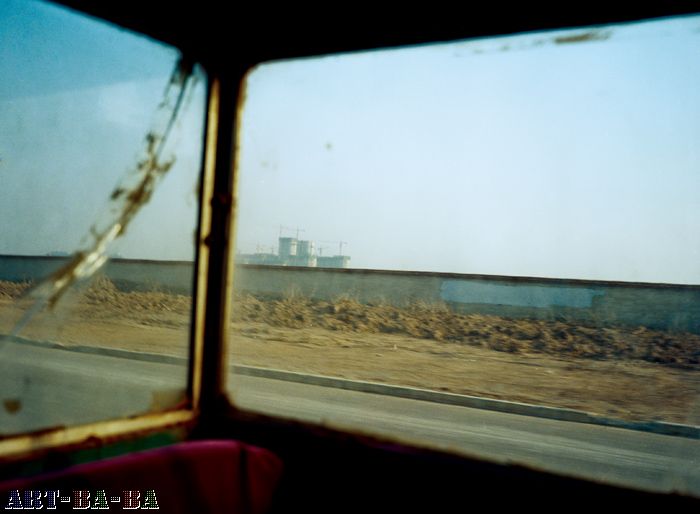
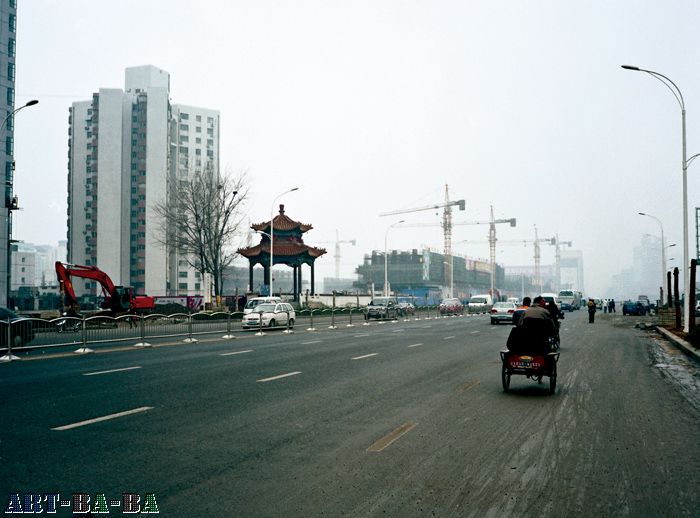
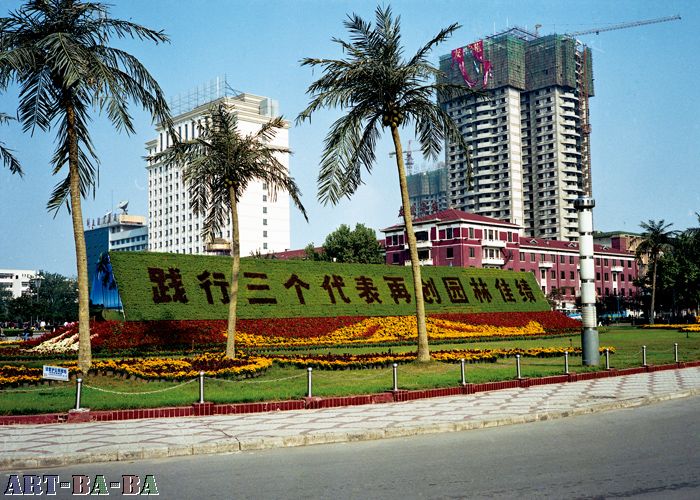
青洁作品说明
青洁 梦境 激光打印 洛阳 2006
Qingjie Dreamworld (110cmX80cm)Luoyang 2006
青洁 梦境 激光打印 洛阳 2008
Qingjie Dreamworld (110cmX80cm)Luoyang 2008
青洁 梦境 激光打印(110cmX80cm) 巩义2008
Qingjie Dreamworld (110cmX80cm) Gongyi 2008
青洁 梦境 激光打印(110cmX80cm)郑州 2007
Qingjie Dreamworld (110cmX80cm)Zhengzhou 2007
青洁 梦境 激光打印 洛阳 2008
Qingjie Dreamworld (110cmX80cm)Luoyang 2008
青洁 梦境 激光打印(110cmX80cm)郑州 2008
Qingjie Dreamworld (110cmX80cm)Zhengzhou 2008
青洁 梦境 激光打印(110cmX80cm)郑州 2008
Qingjie Dreamworld (110cmX80cm)Zhengzhou 2008
青洁 梦境 激光打印 洛阳 2007
Qingjie Dreamworld (110cmX80cm)Luoyang 2007
青洁 梦境 激光打印 上海 2008
Qingjie Dreamworld (110cmX80cm)Shanghai 2008
青洁 梦境 激光打印 洛阳 2009
Qingjie Dreamworld (110cmX80cm)Luoyang 2009
青洁 梦境 激光打印 洛阳 2008
Qingjie Dreamworld (110cmX80cm)Luoyang 2008
t
青洁 梦境 激光打印(110cmX80cm)郑州 2009
Qingjie Dreamworld (110cmX80cm)Zhengzhou 2009
青洁 梦境 激光打印 洛阳 2008
Qingjie Dreamworld (110cmX80cm)Luoyang 2008
青洁 梦境 激光打印 洛阳 2009
Qingjie Dreamworld (110cmX80cm)Luoyang 2009
青洁 梦境 激光打印(110cmX80cm)洛阳 2004
Qingjie Dreamworld (110cmX80cm)Luoyang 2004
青洁 梦境 激光打印 洛阳 2008
Qingjie Dreamworld (110cmX80cm)Luoyang 2008
青洁 梦境 激光打印 洛阳 2007
Qingjie Dreamworld (110cmX80cm)Luoyang 2007
青洁 梦境 激光打印 洛阳 2007
Qingjie Dreamworld (110cmX80cm)Luoyang 2007
青洁 梦境 激光打印 廊坊 2003
Qingjie Dreamworld (110cmX80cm)Langfang 2003
青洁 梦境 激光打印(110cmX80cm)郑州 2007
Qingjie Dreamw110cmX80cm)Zhengzhou
青洁 录相 二十年 二十人 50分钟
Twenty years twenty people, Video, 50min
参展艺术家像
青洁像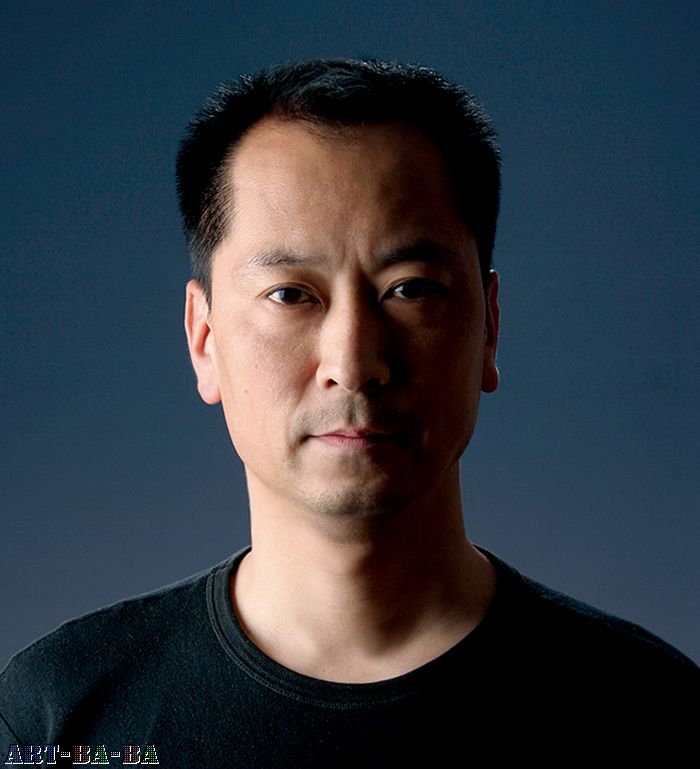
罗俊章像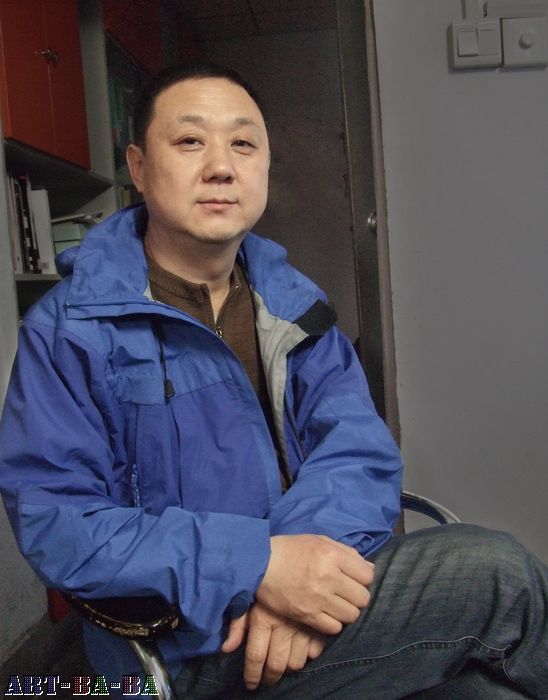
郭利洛像